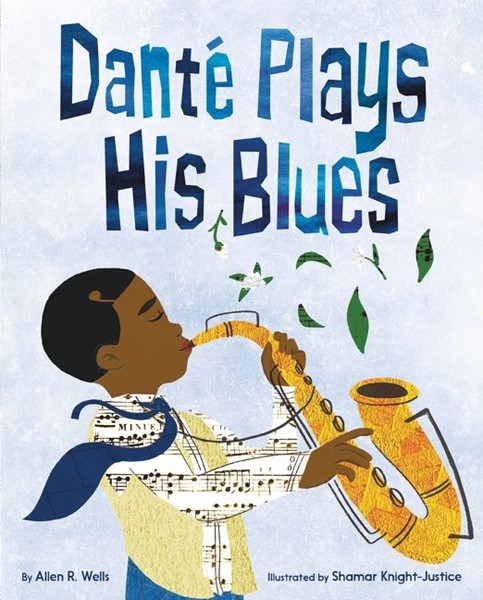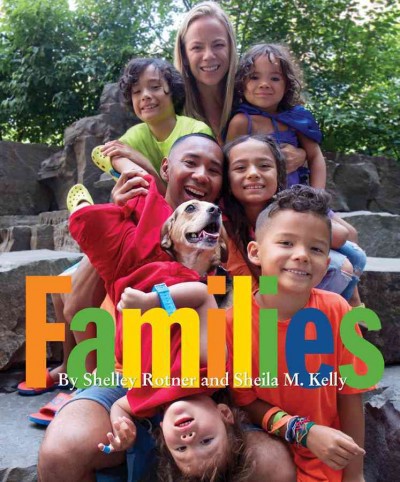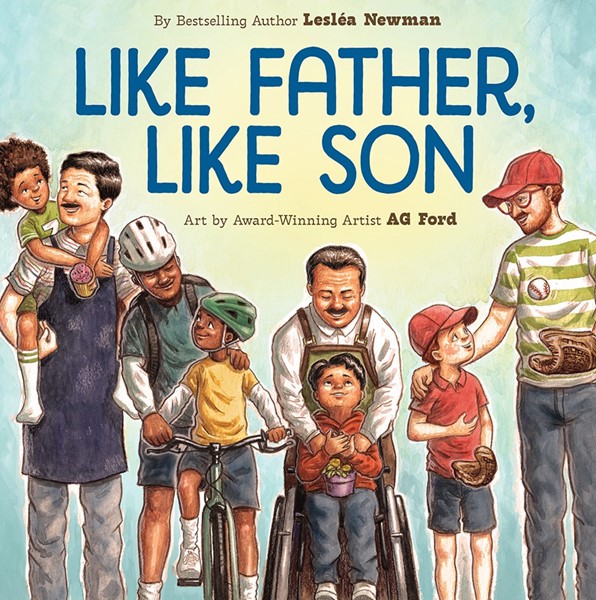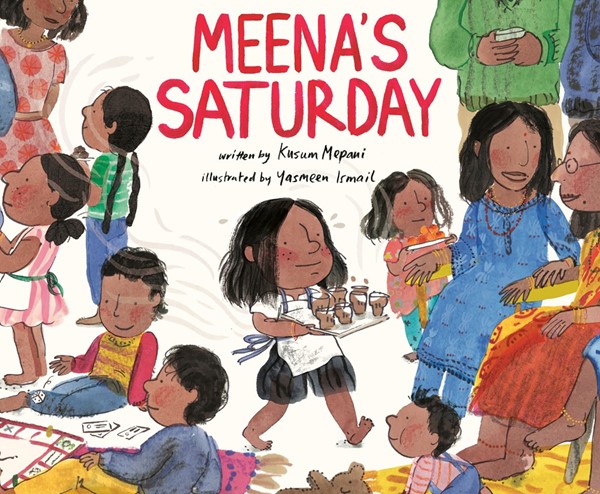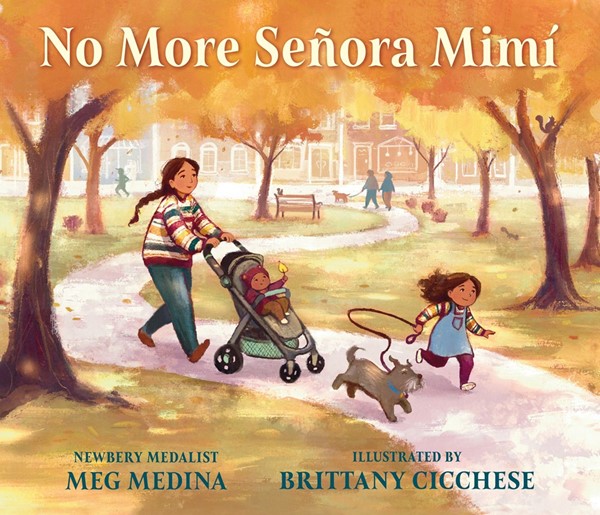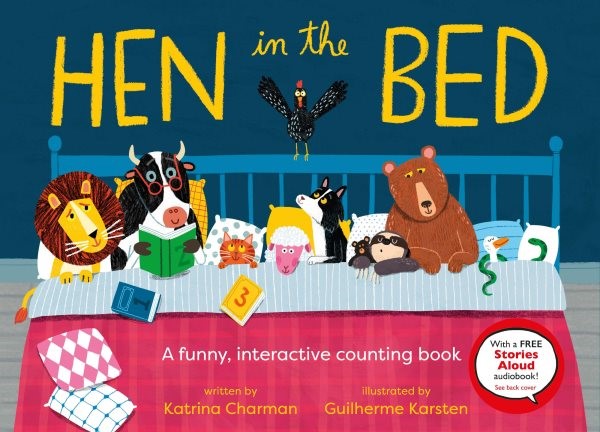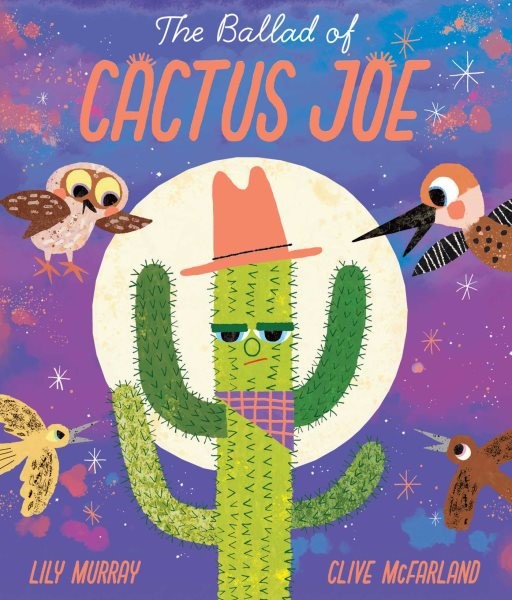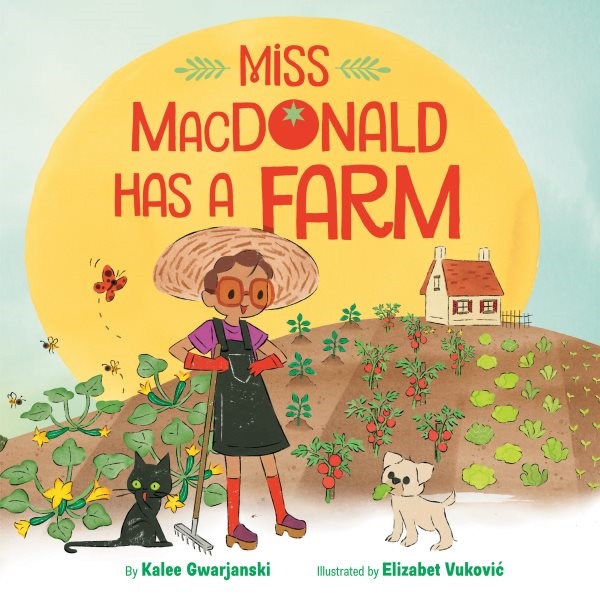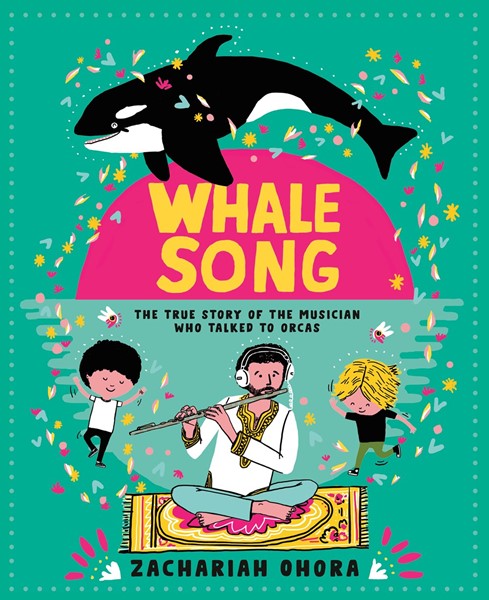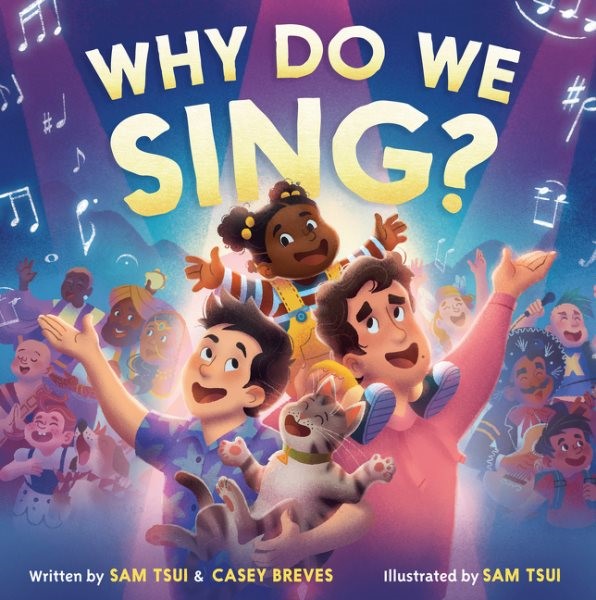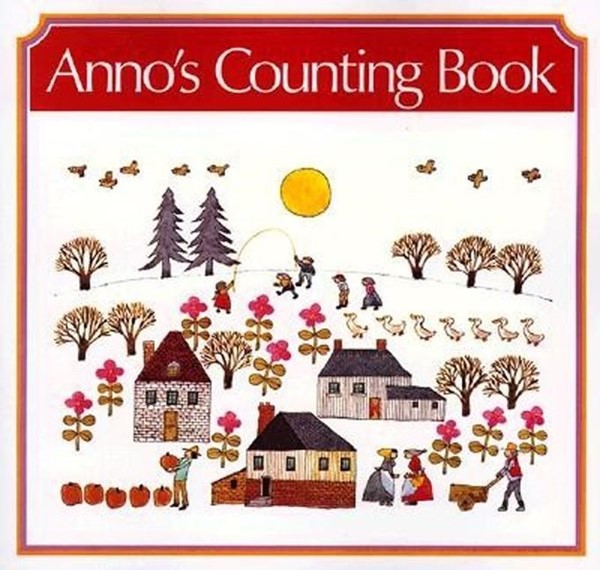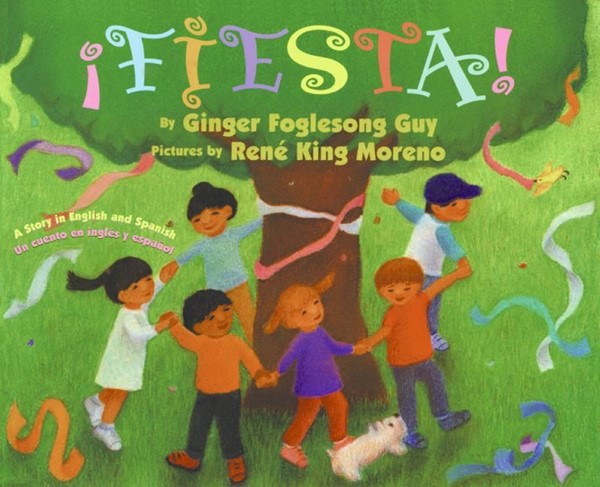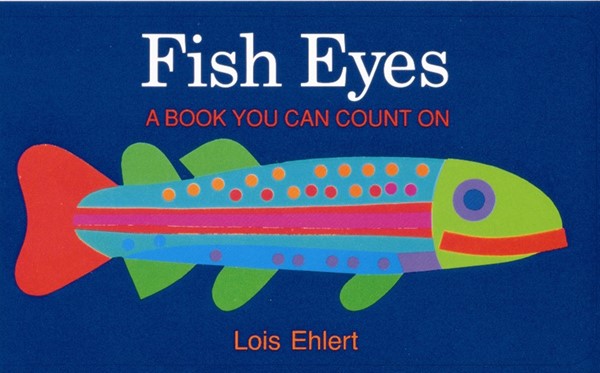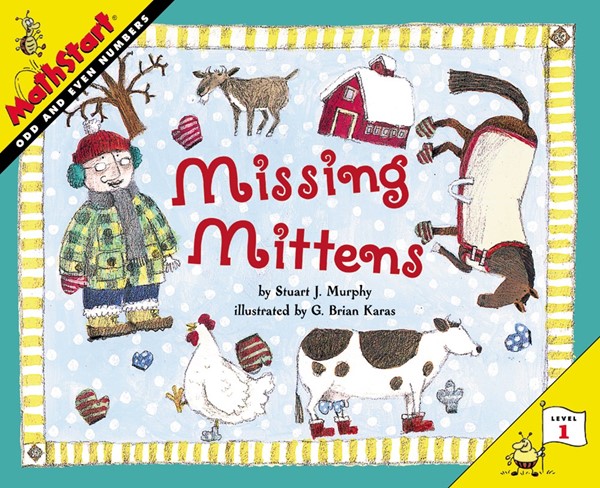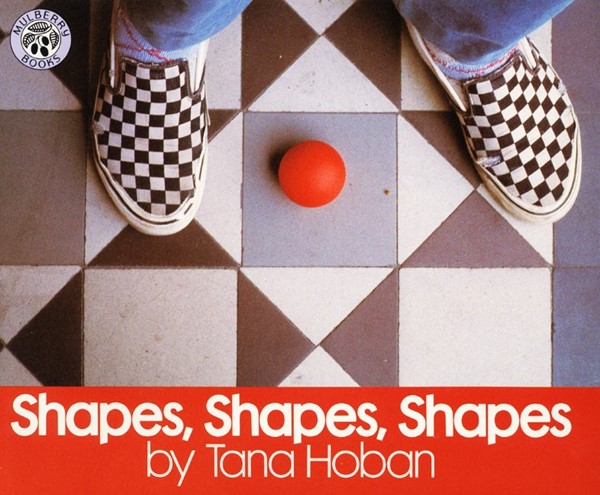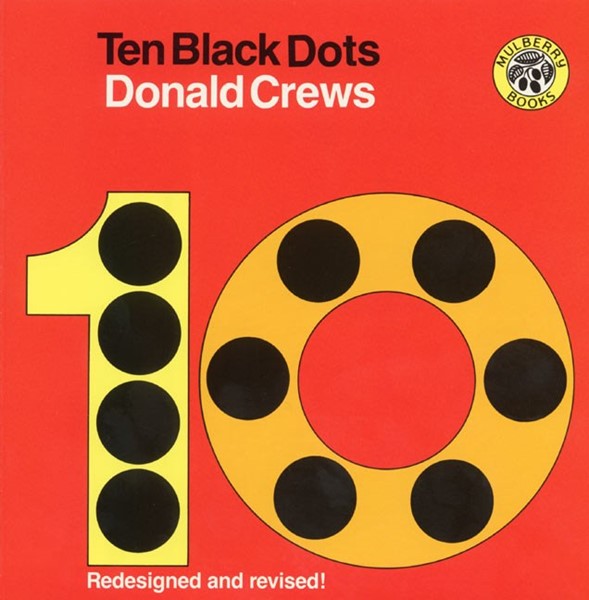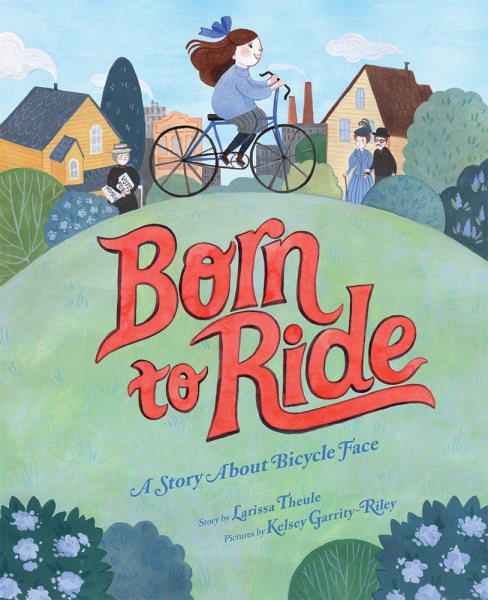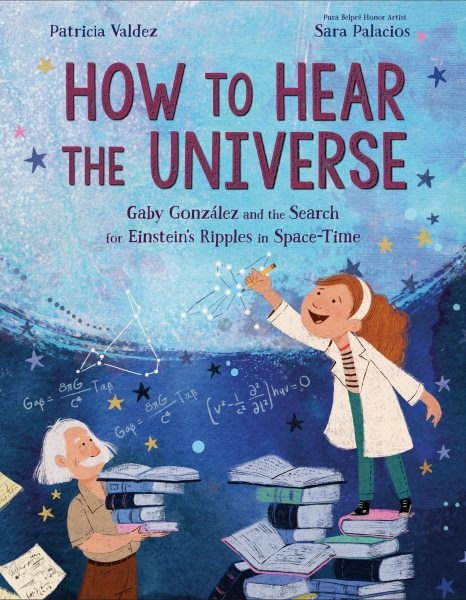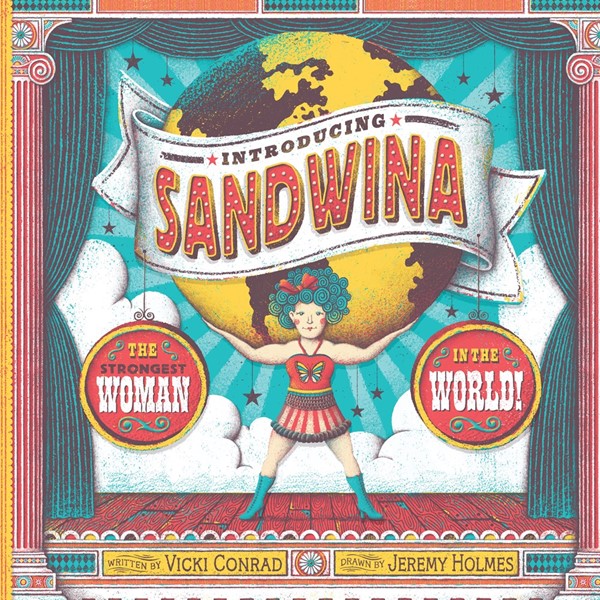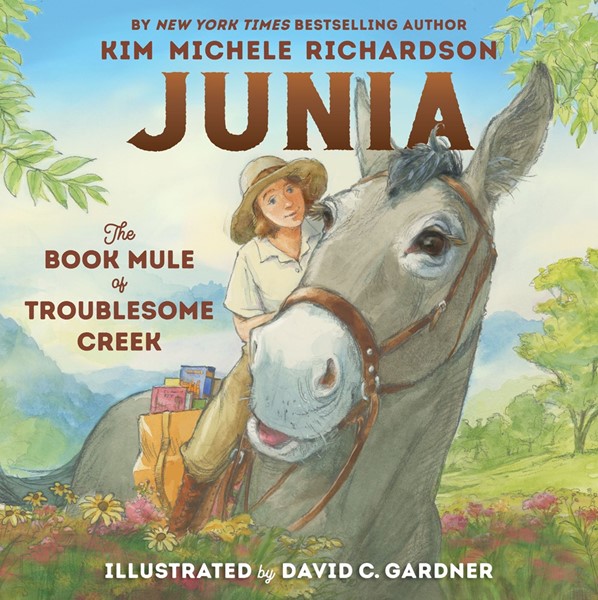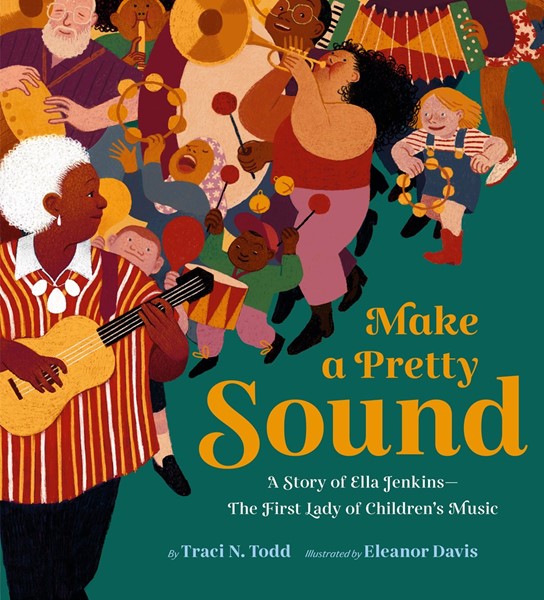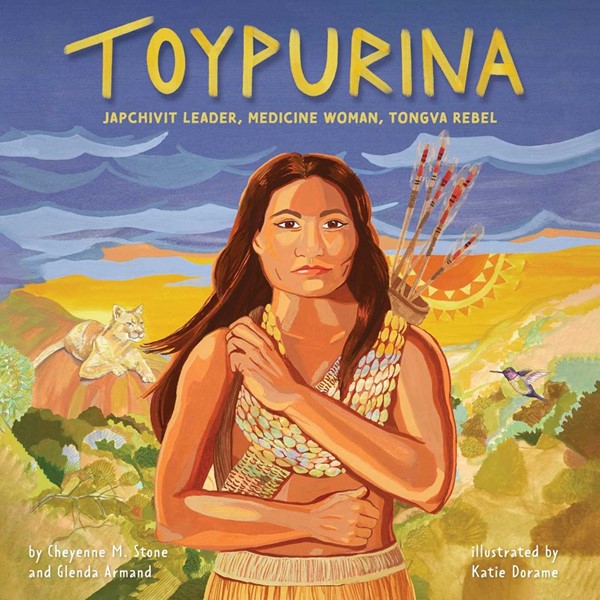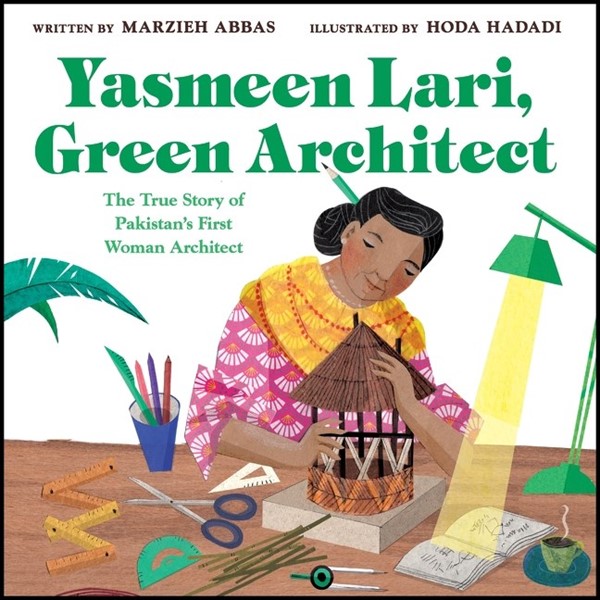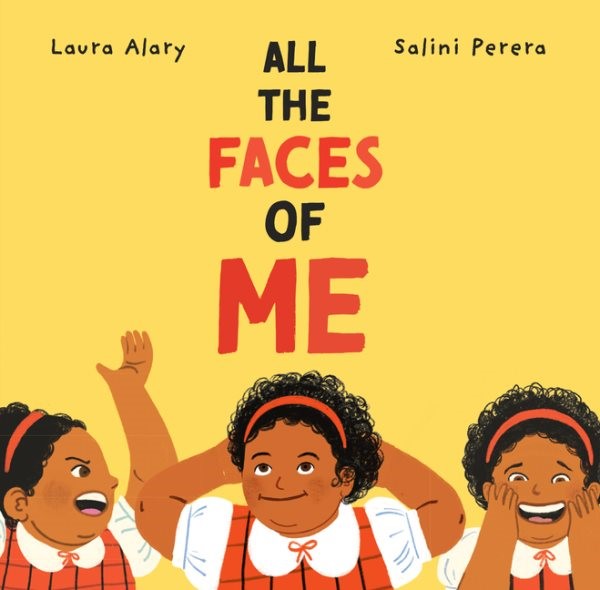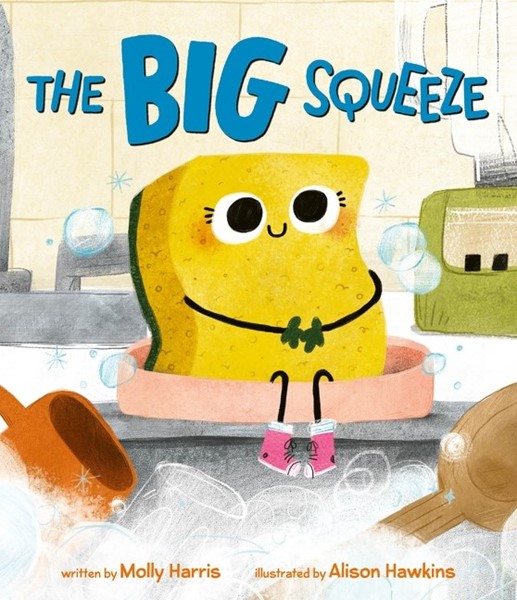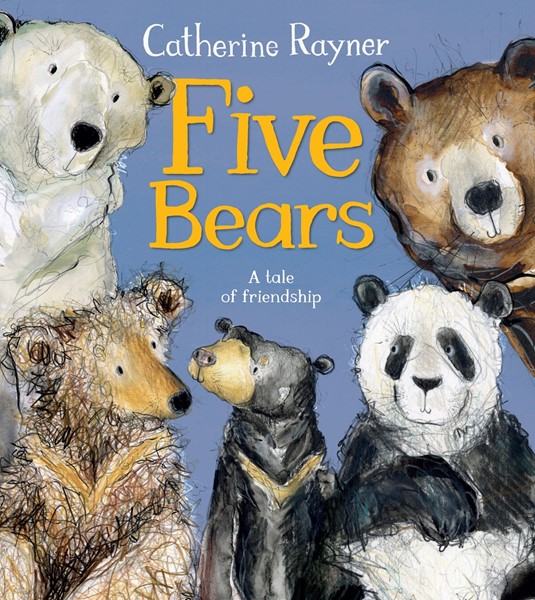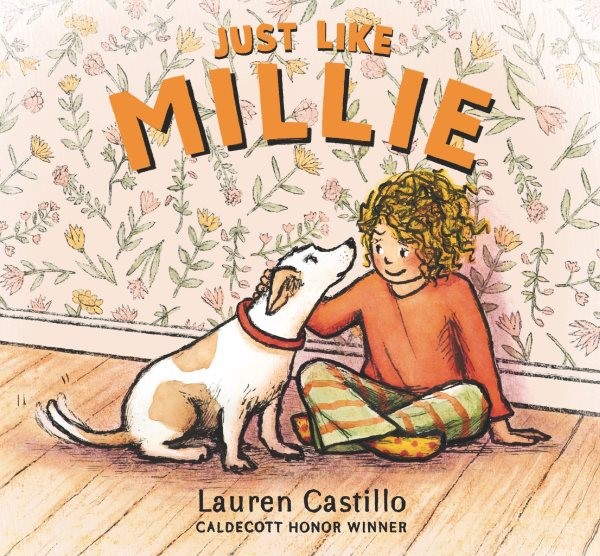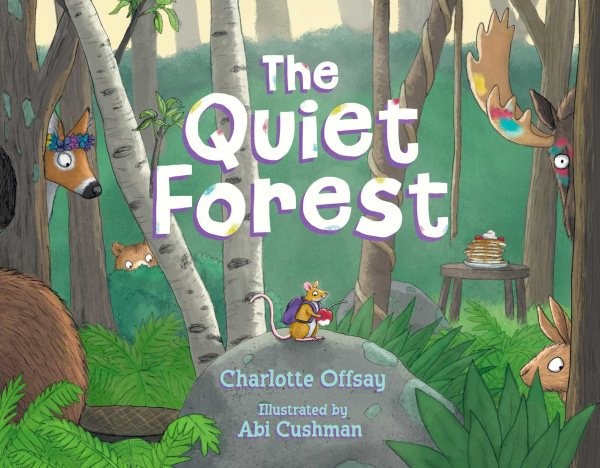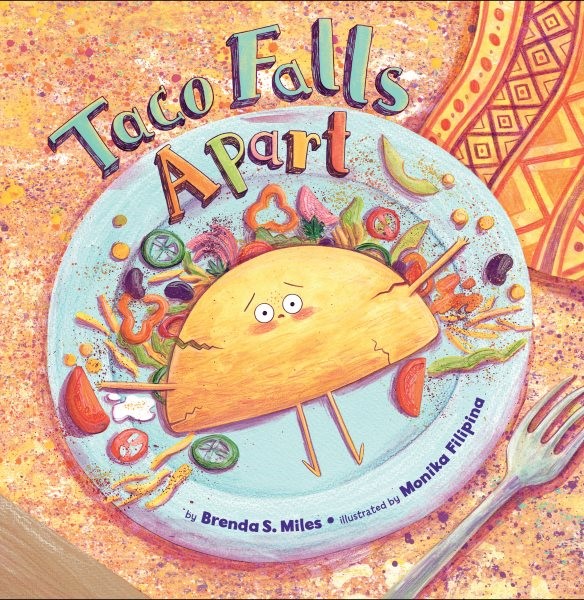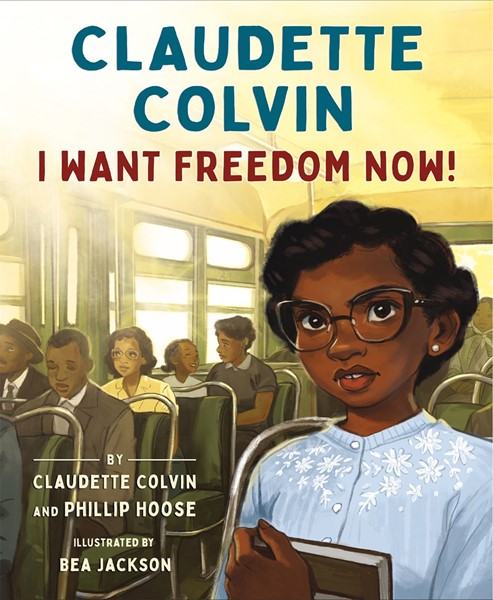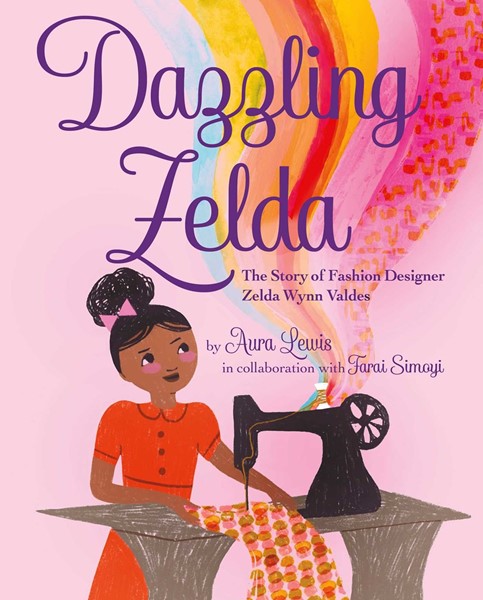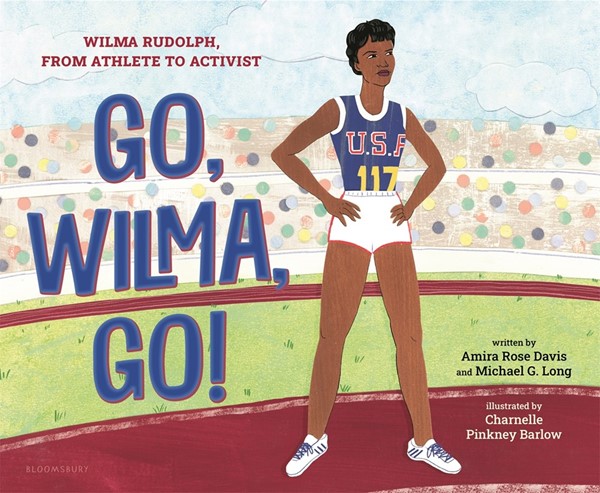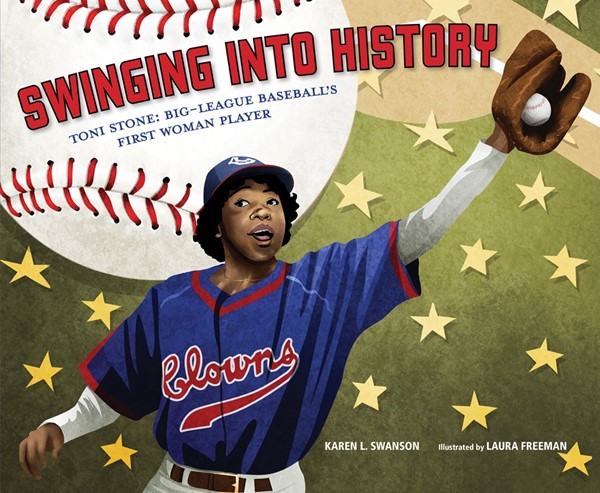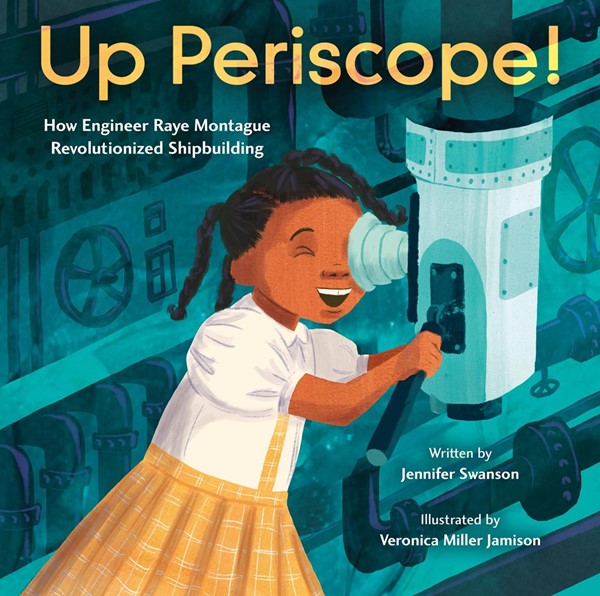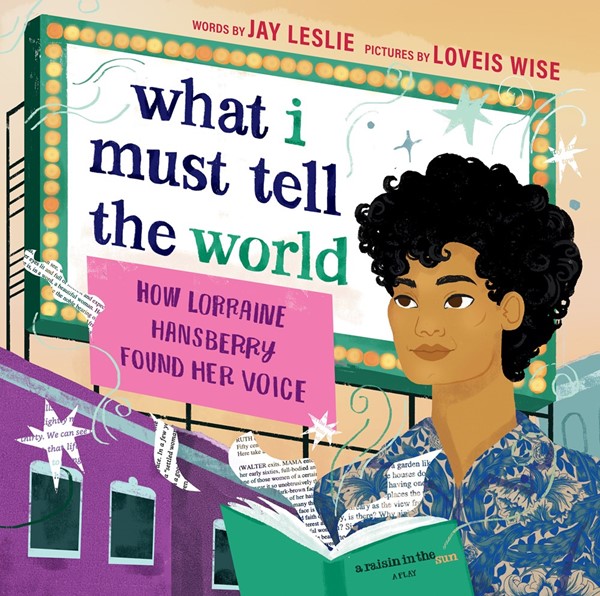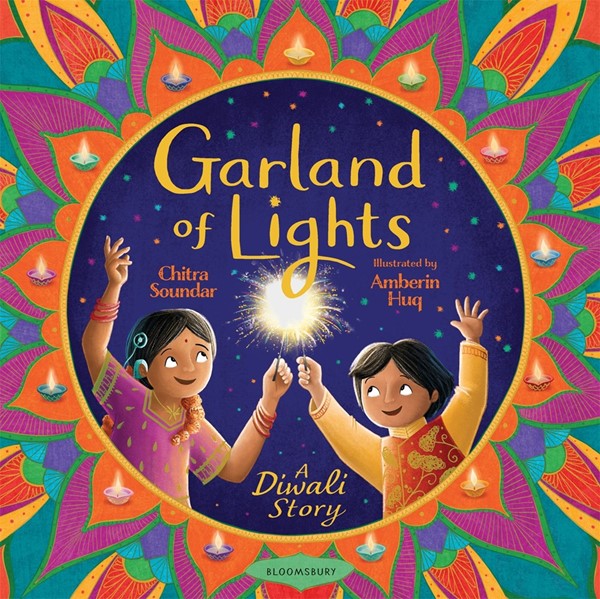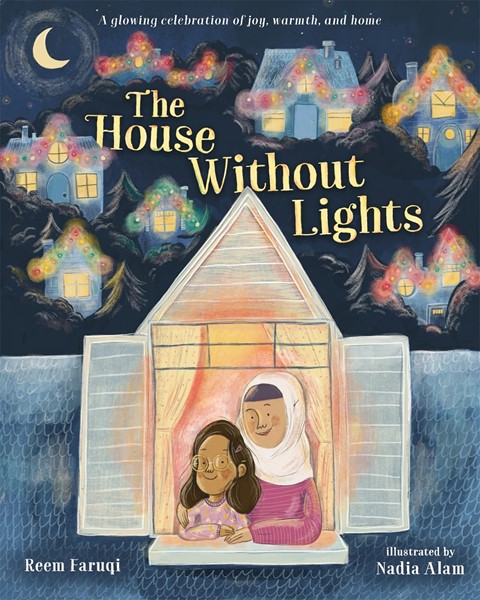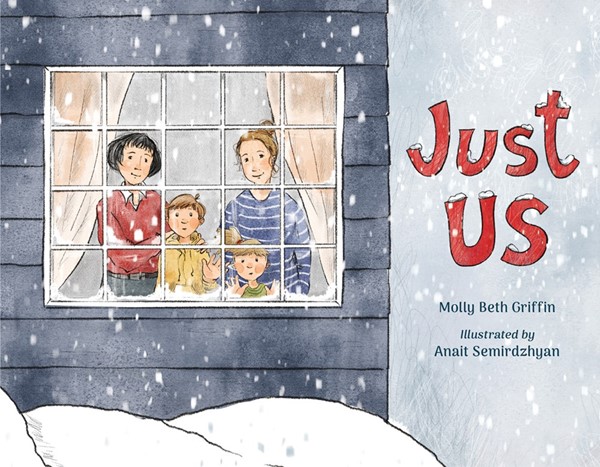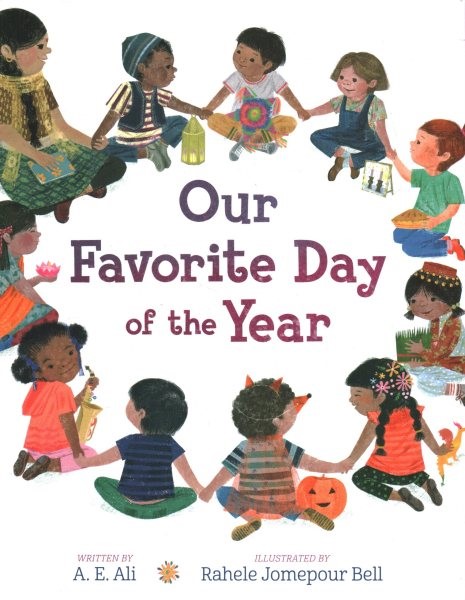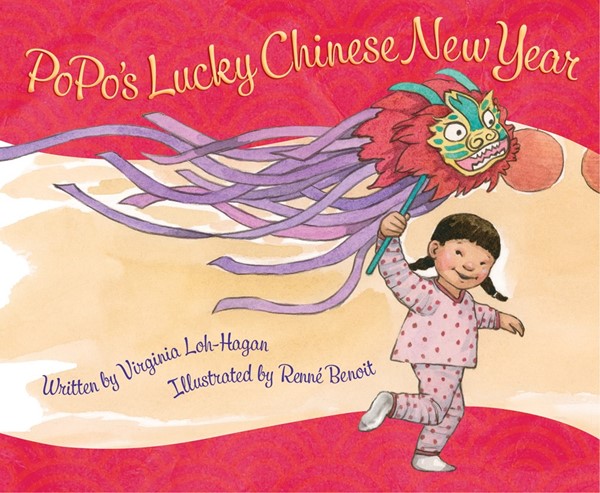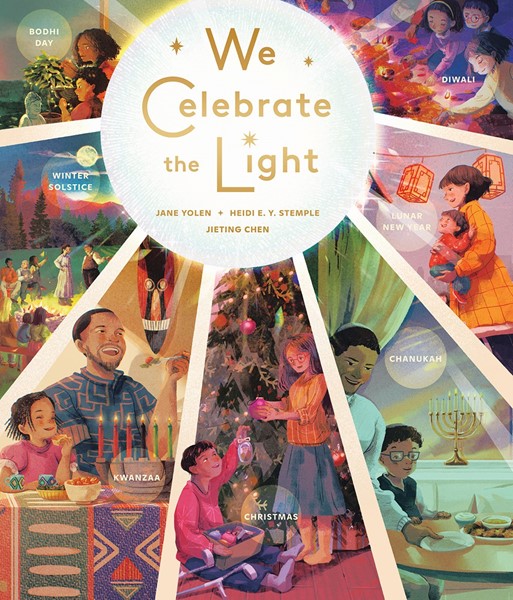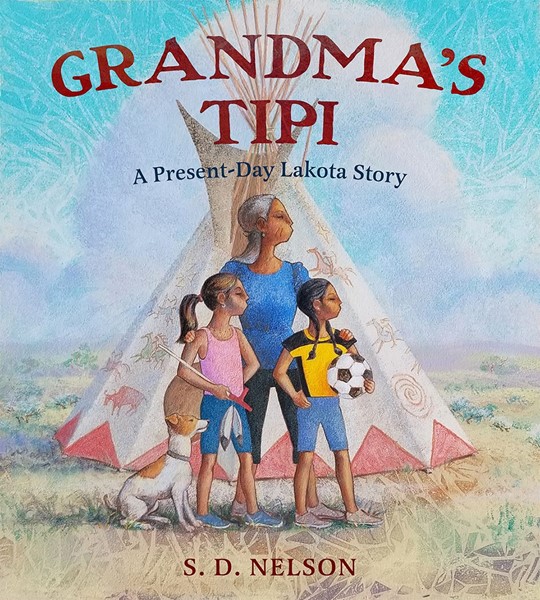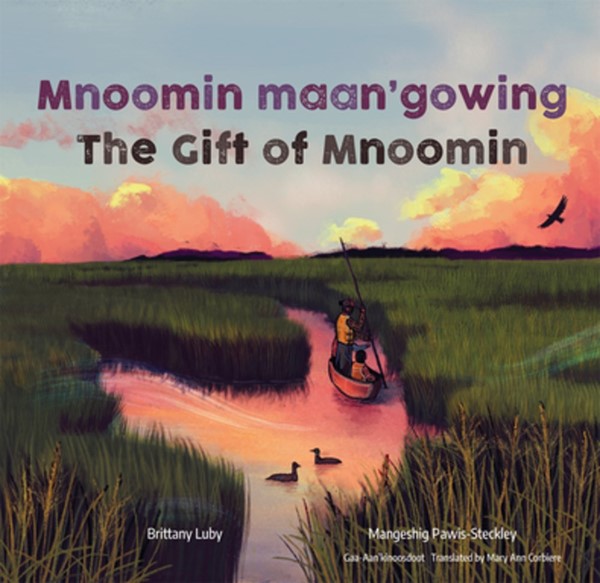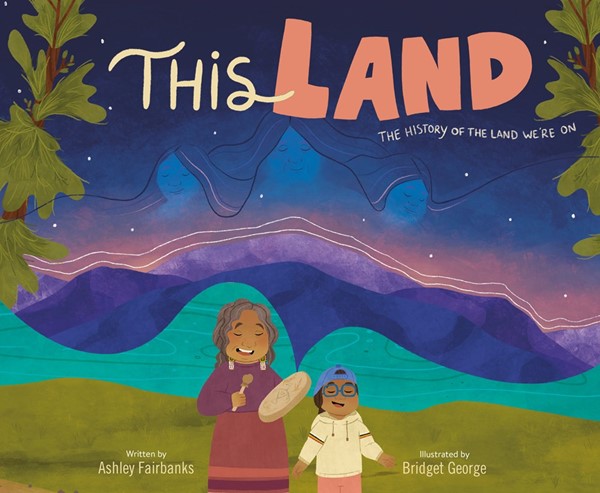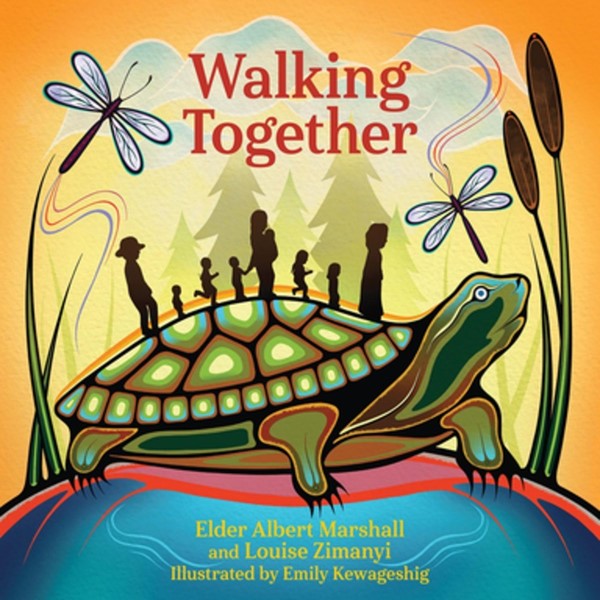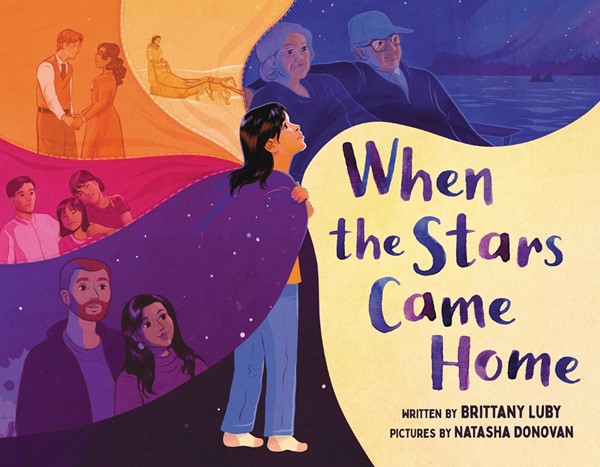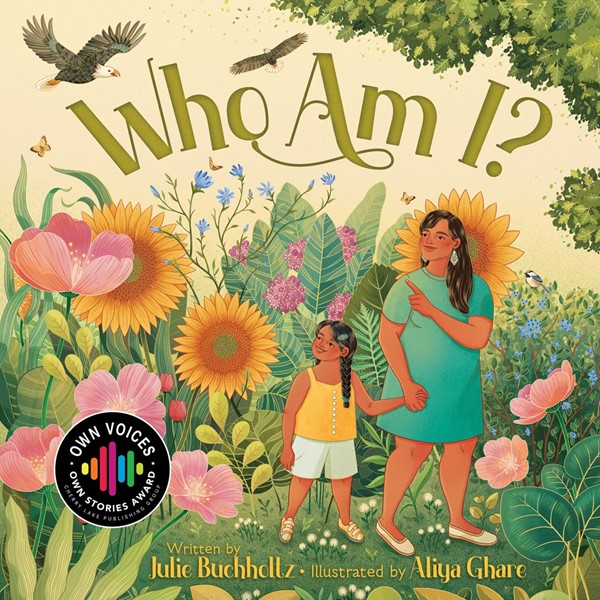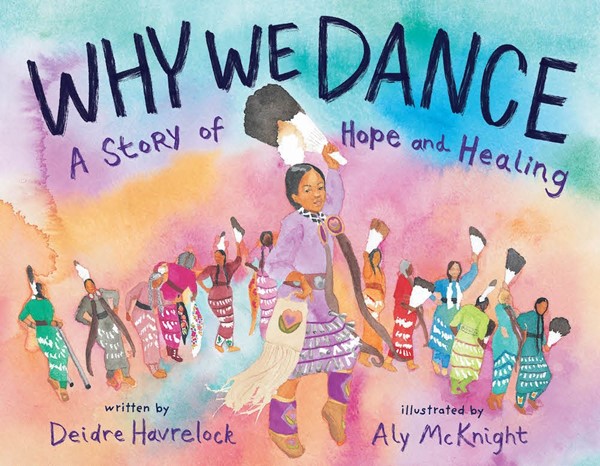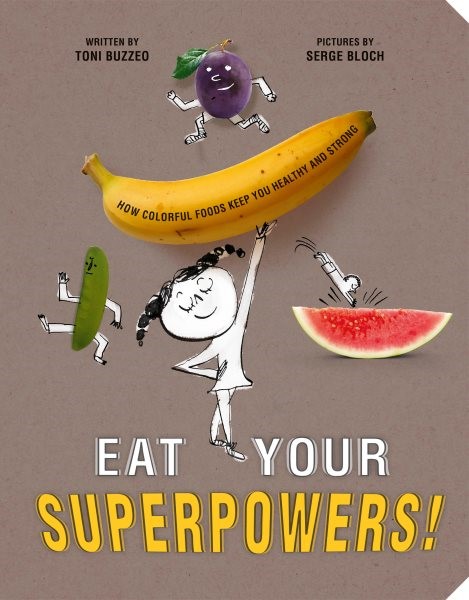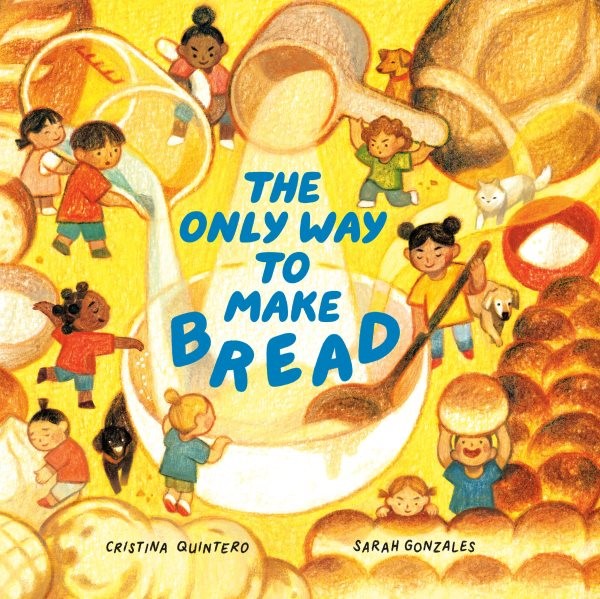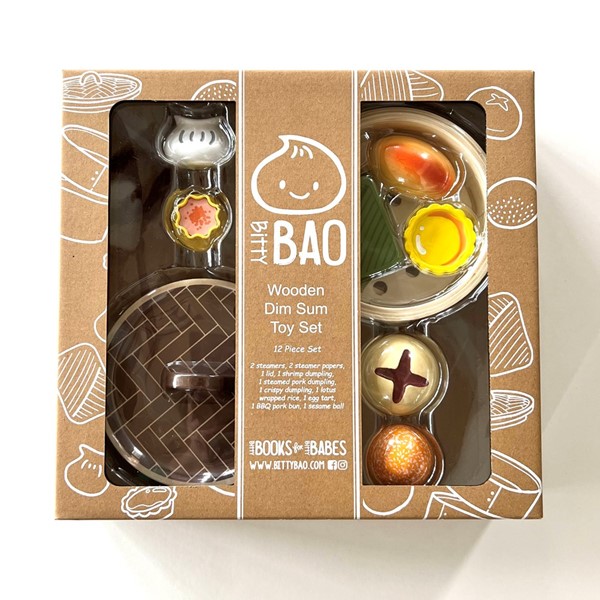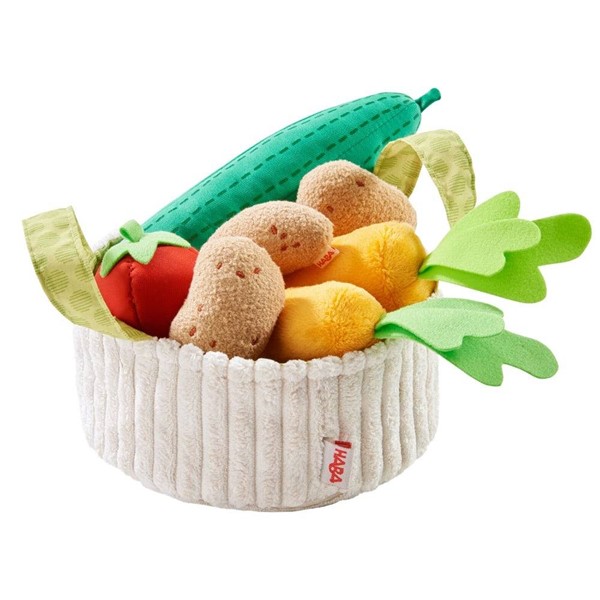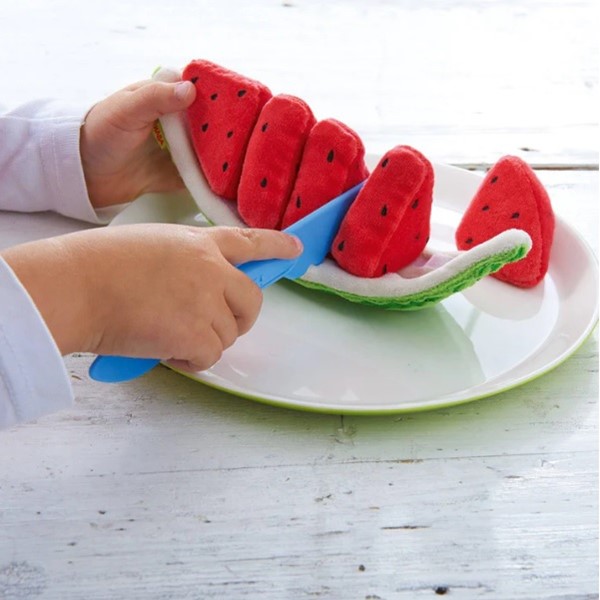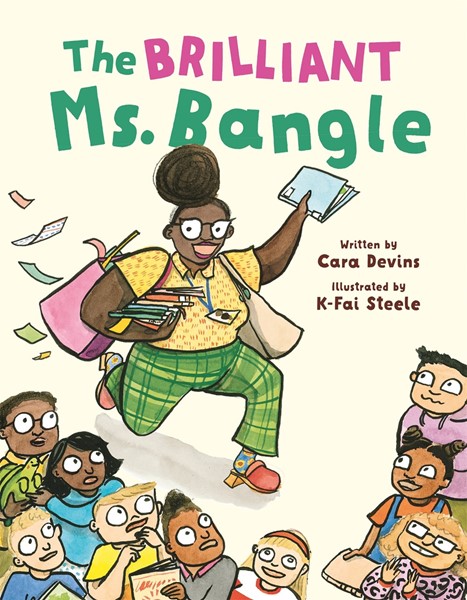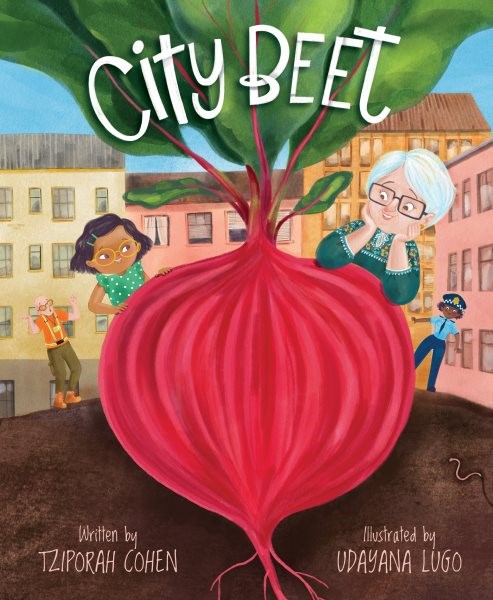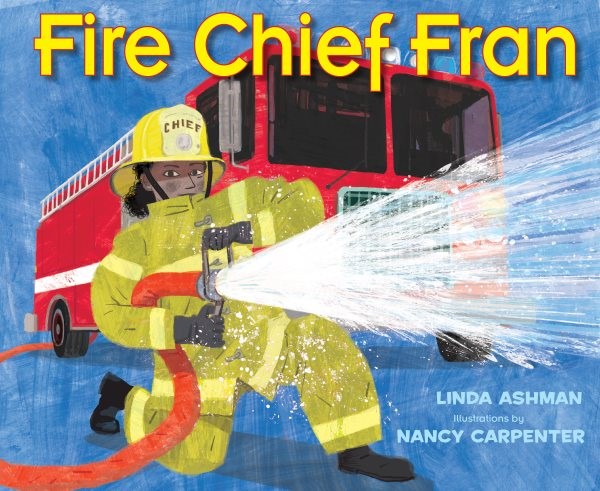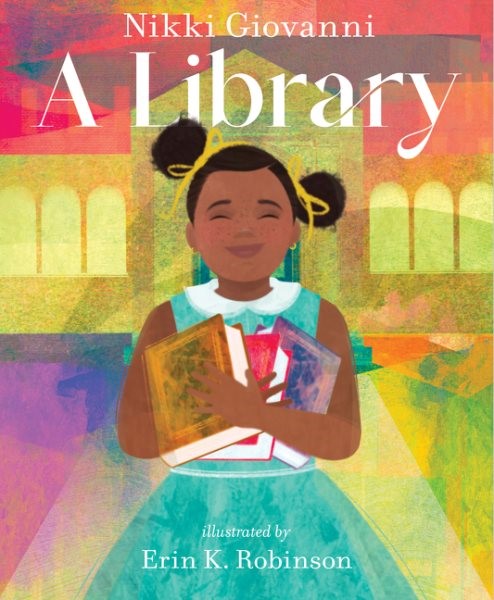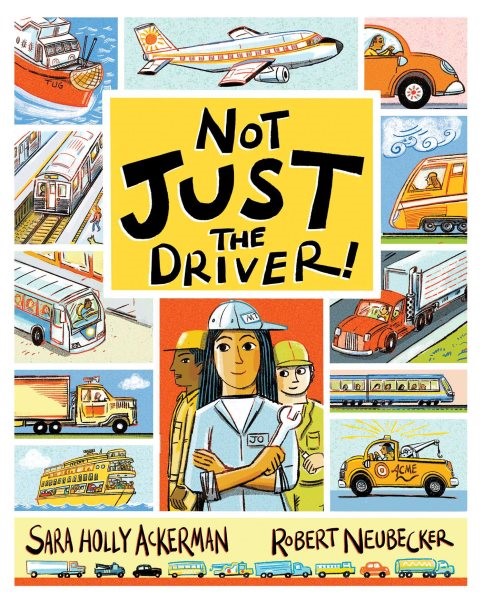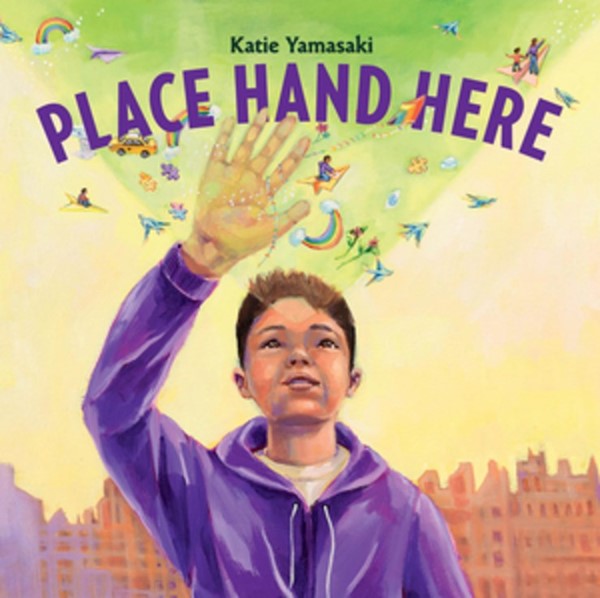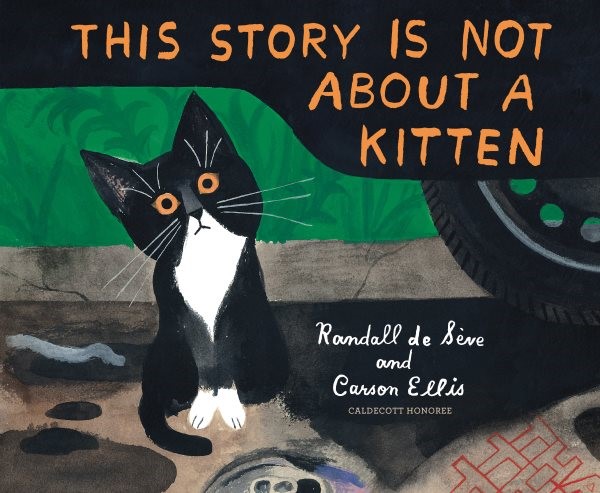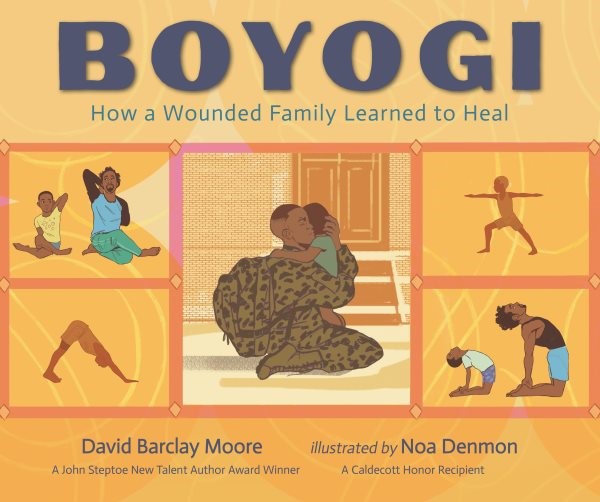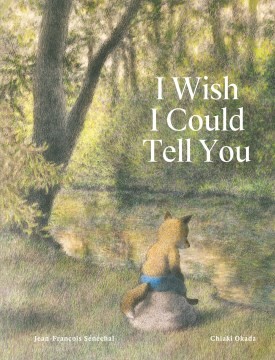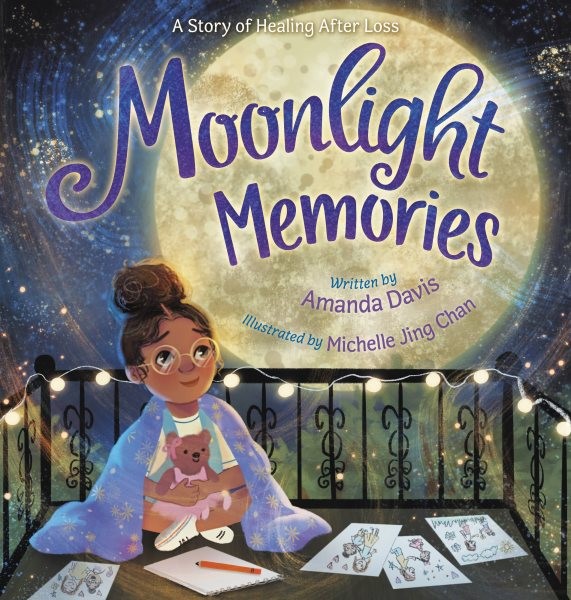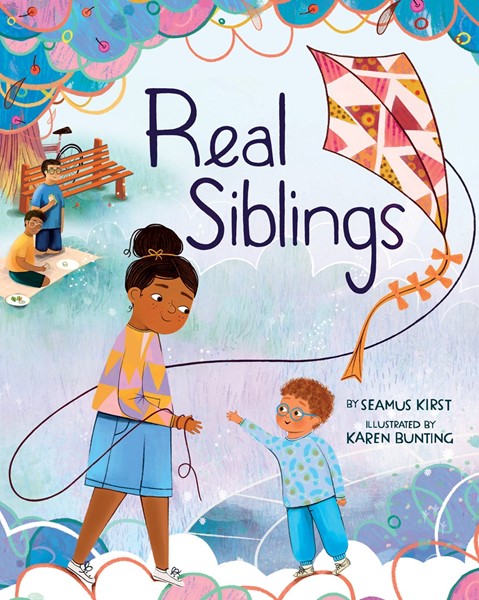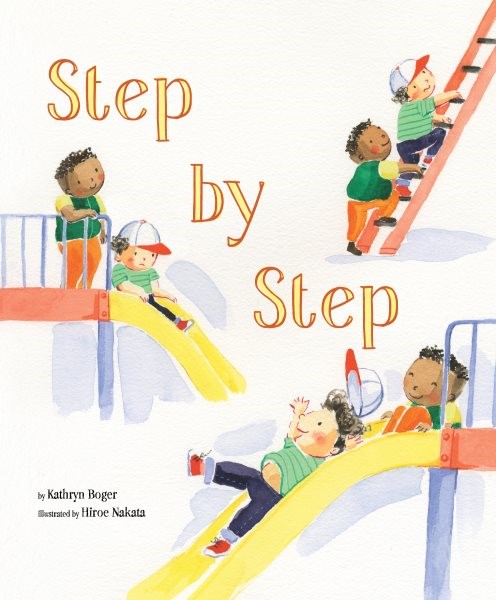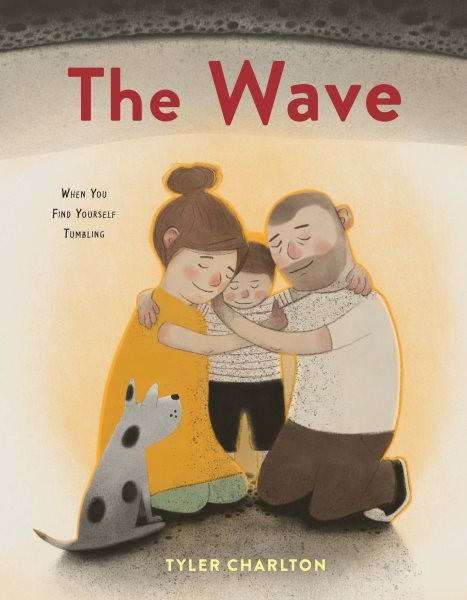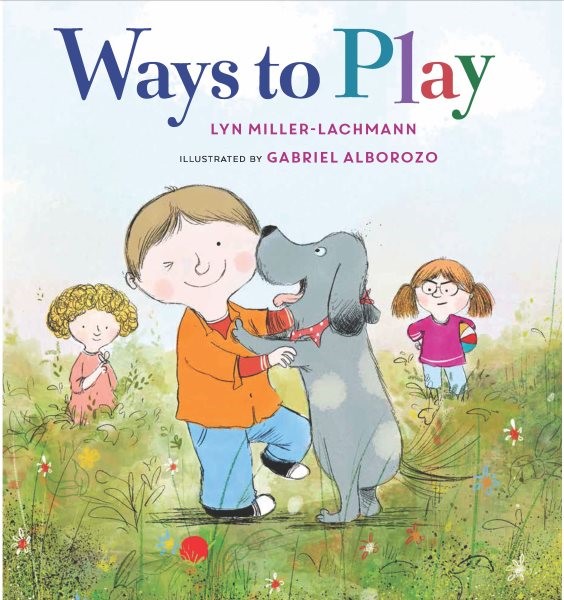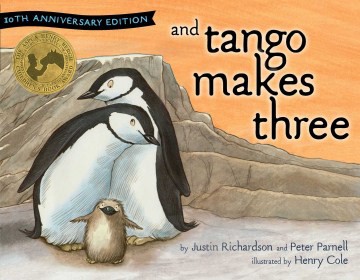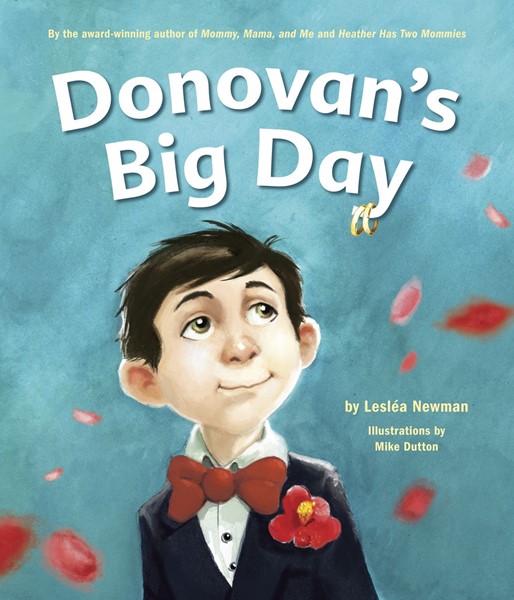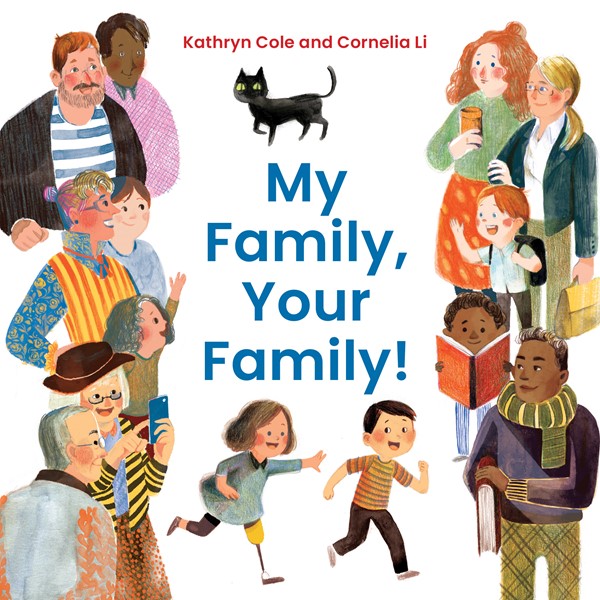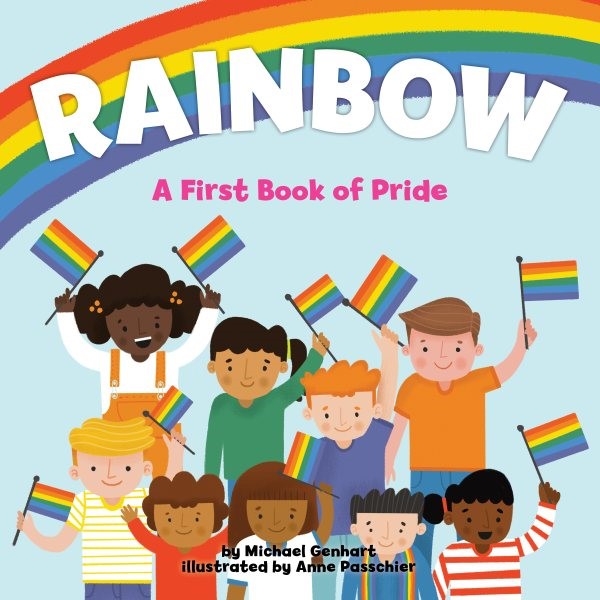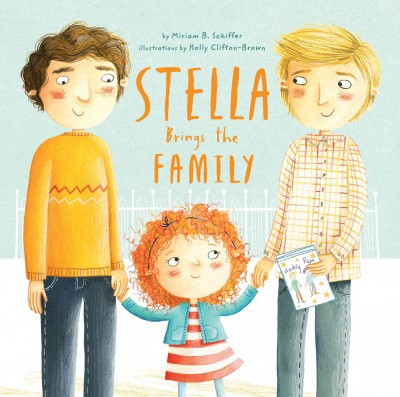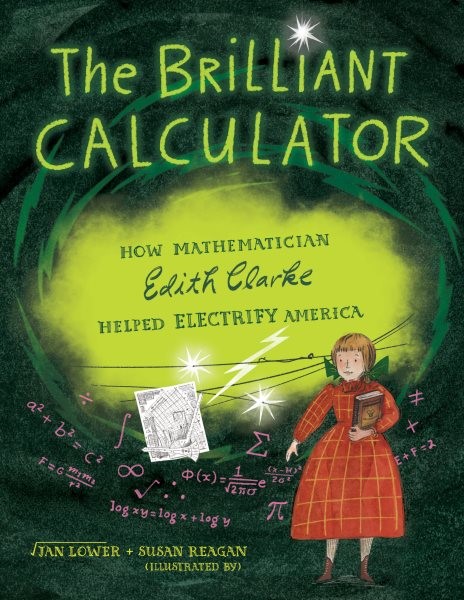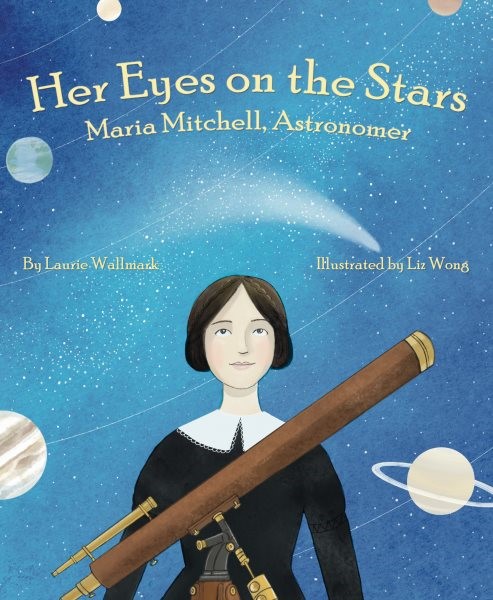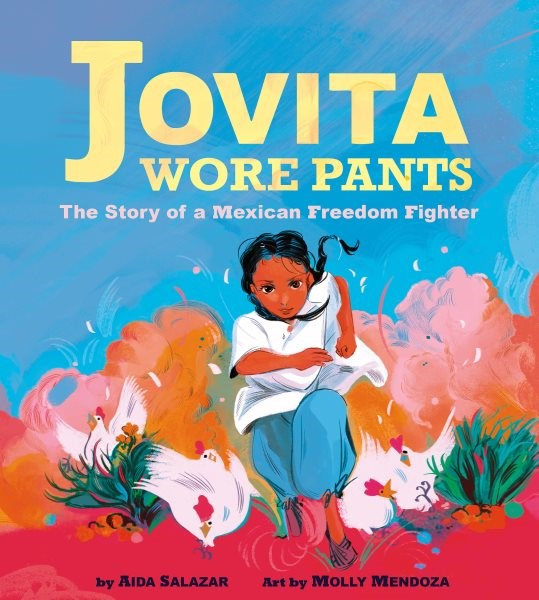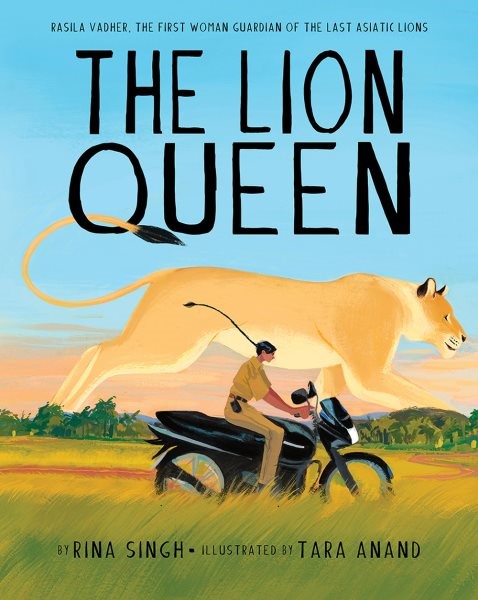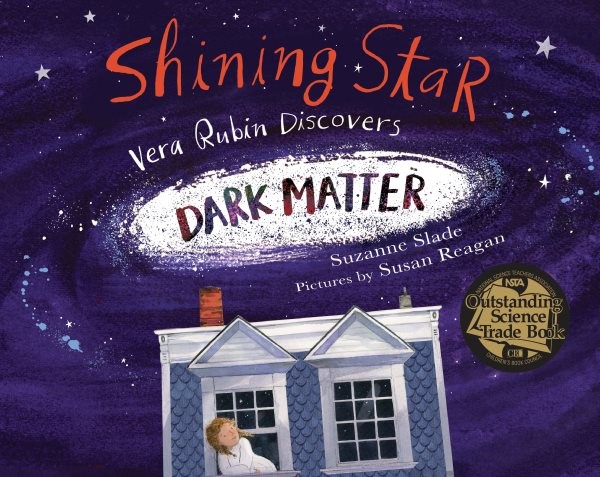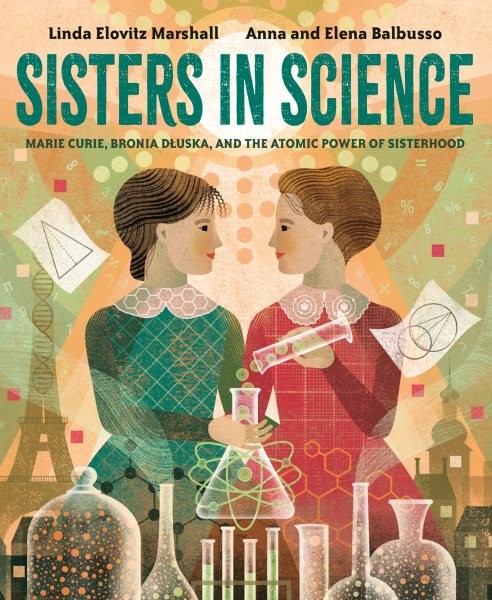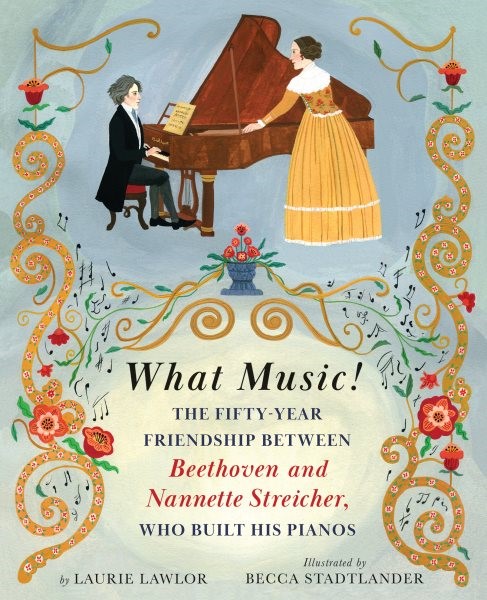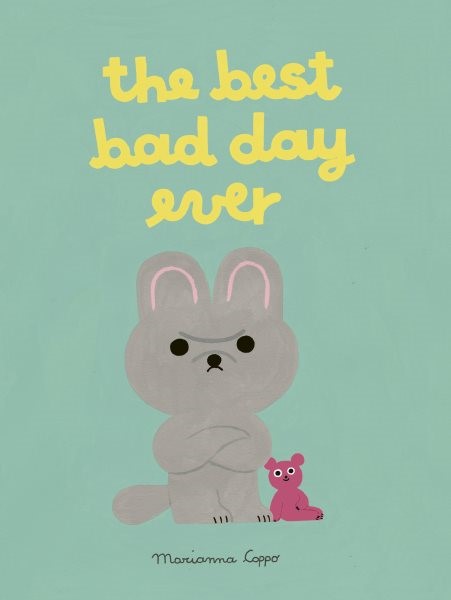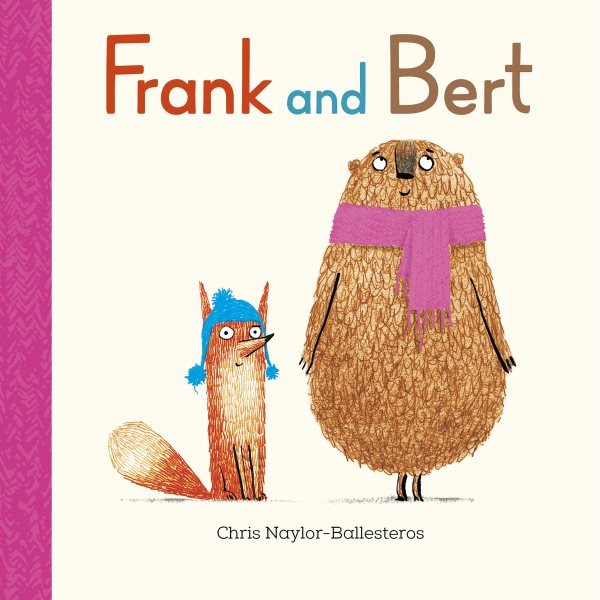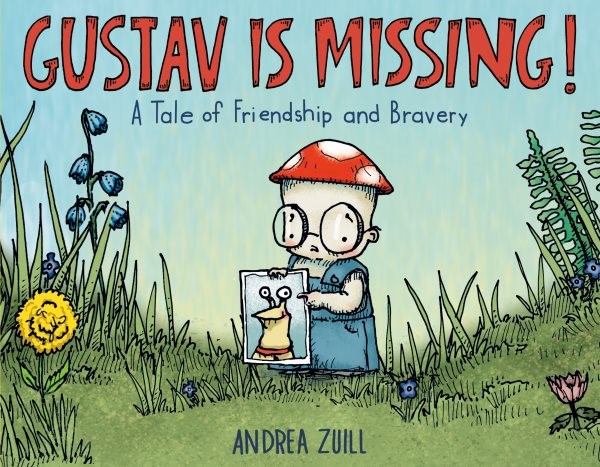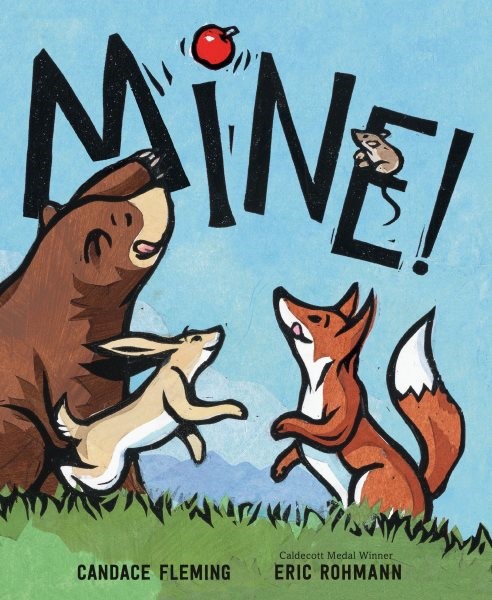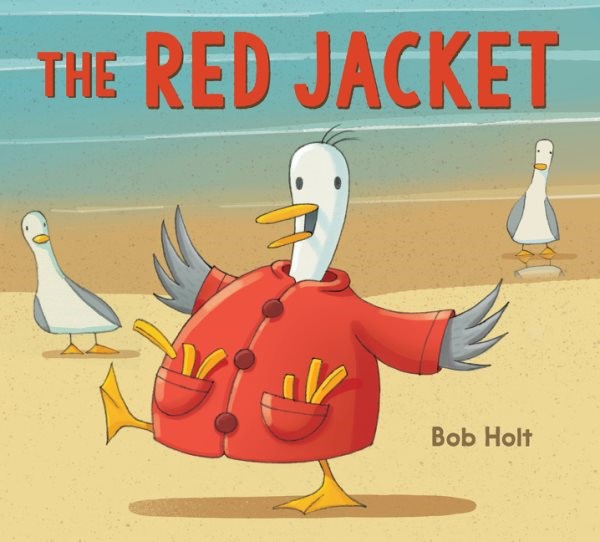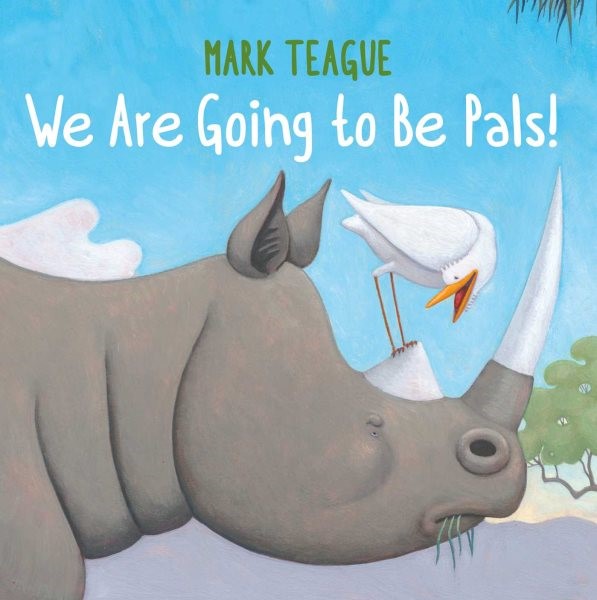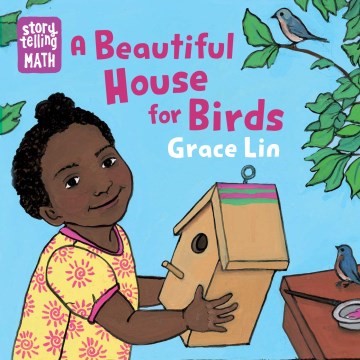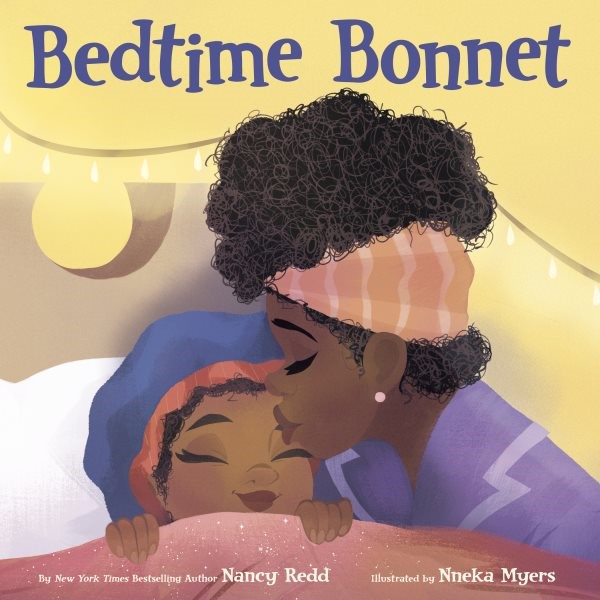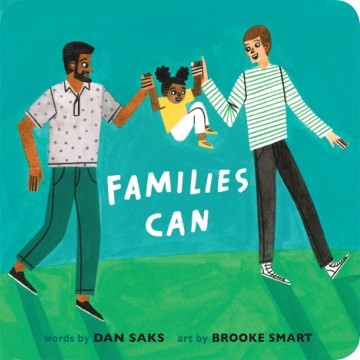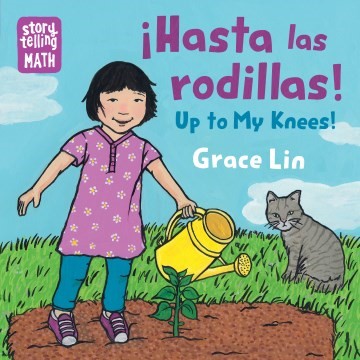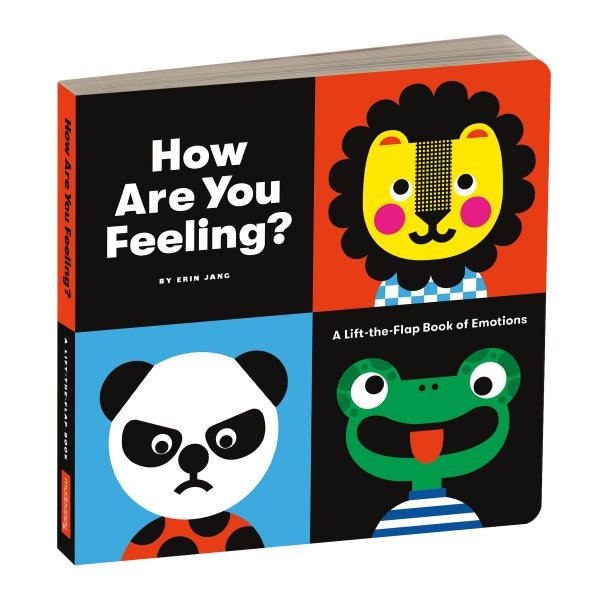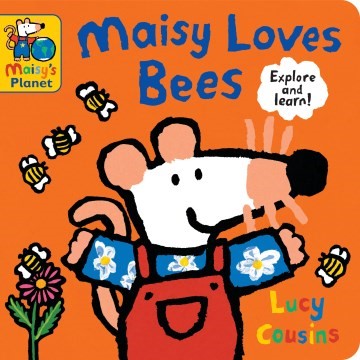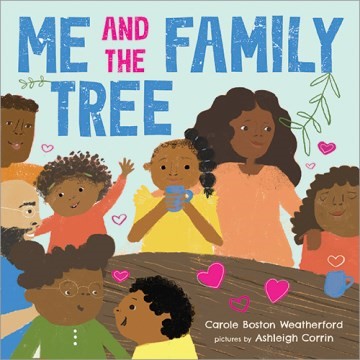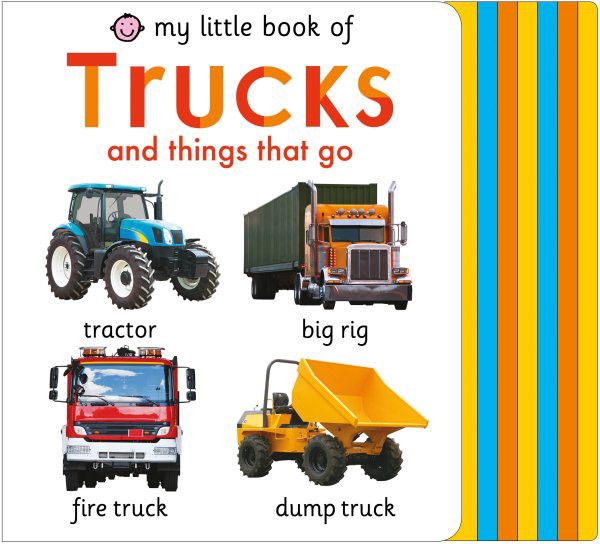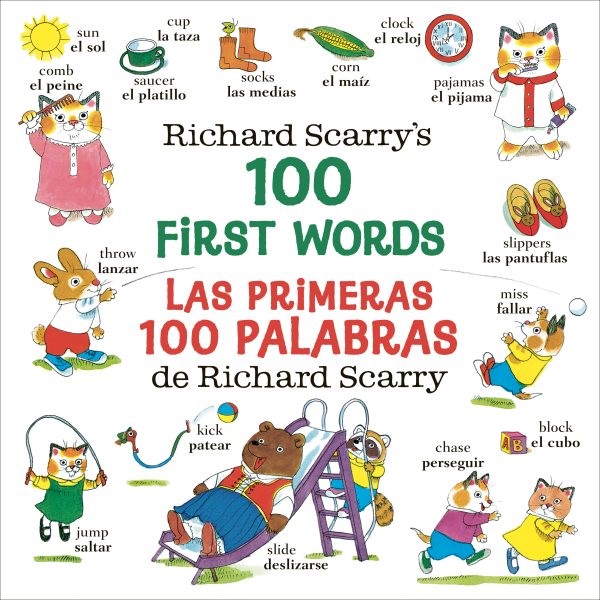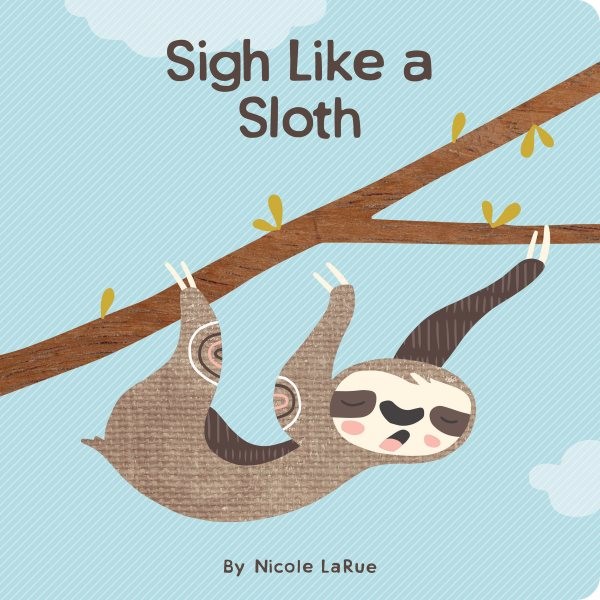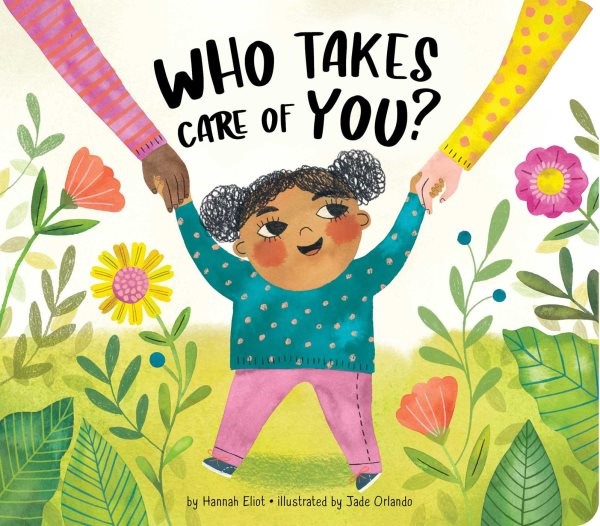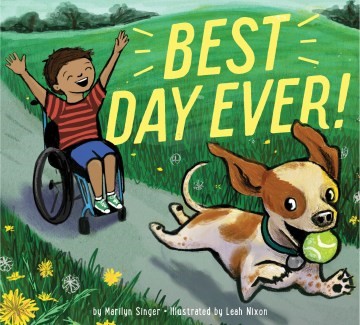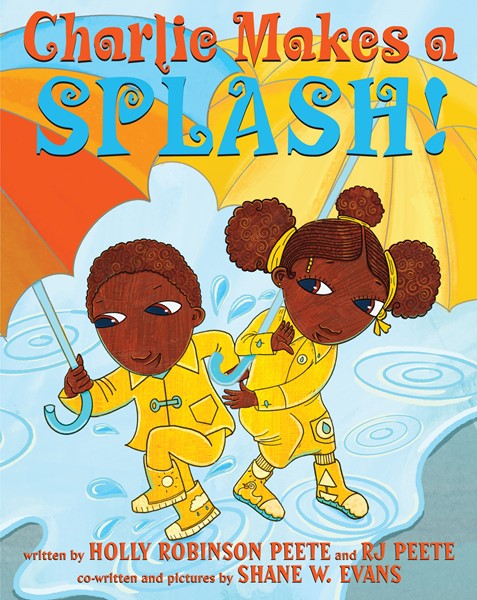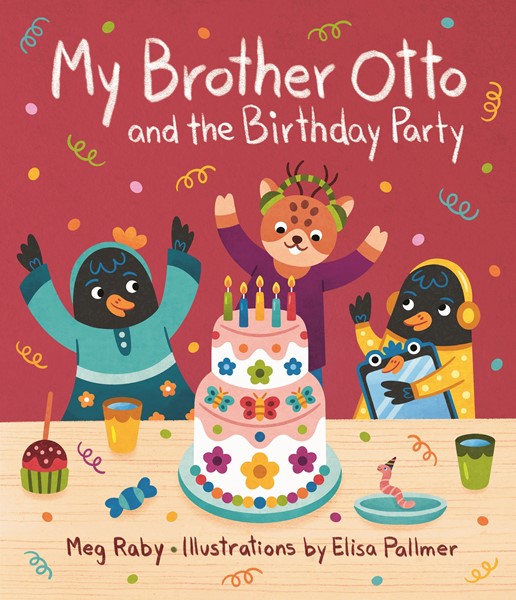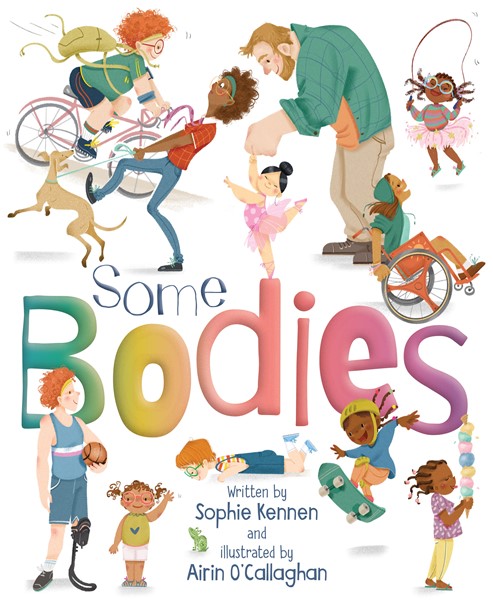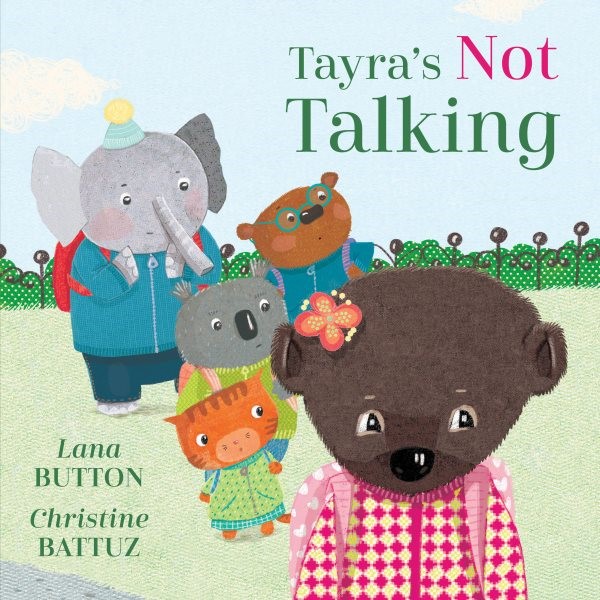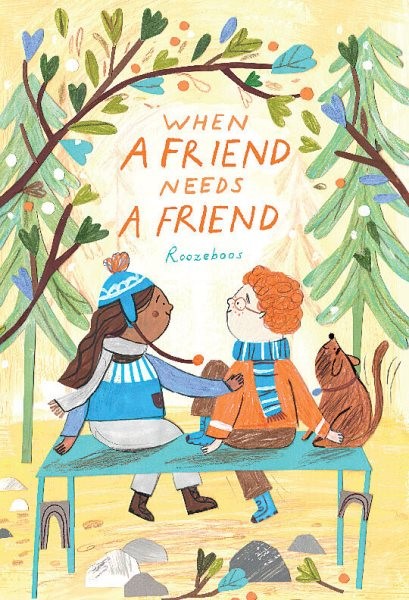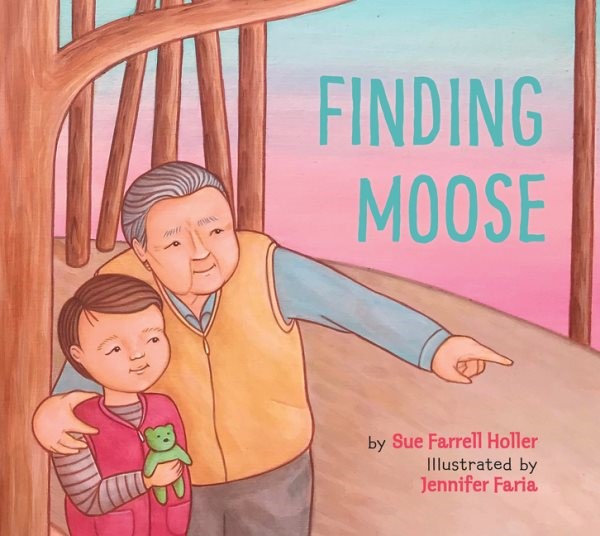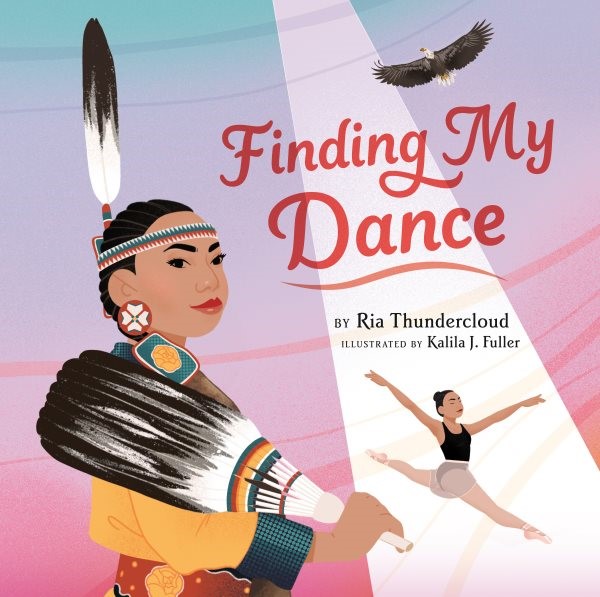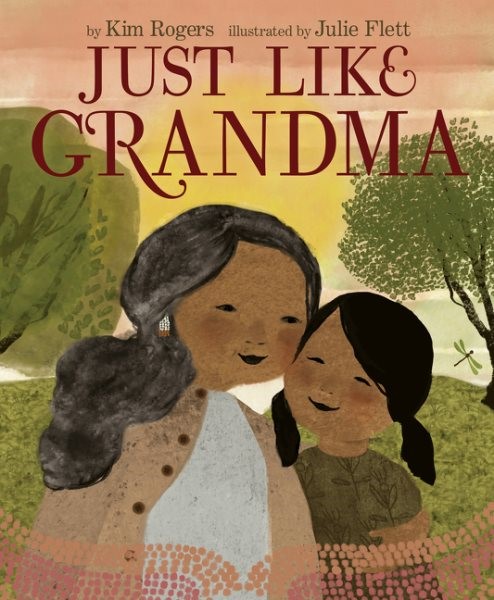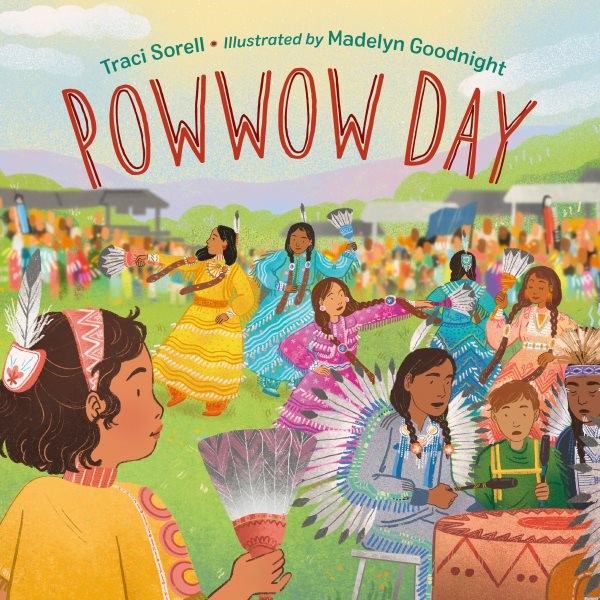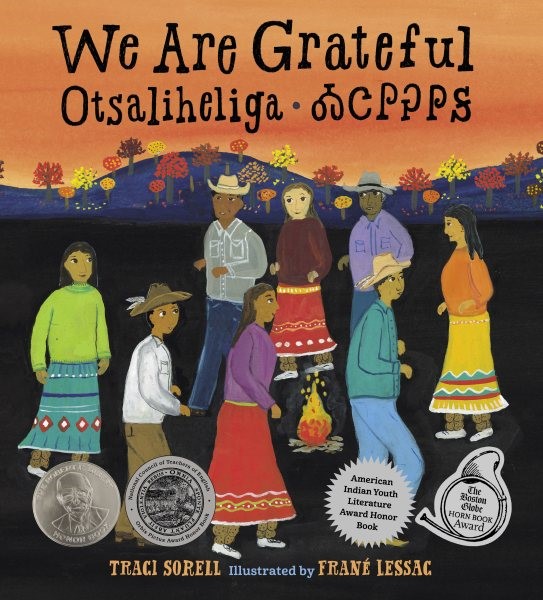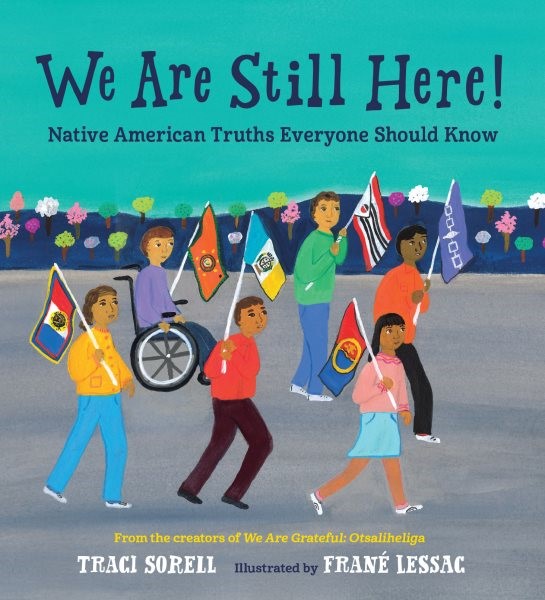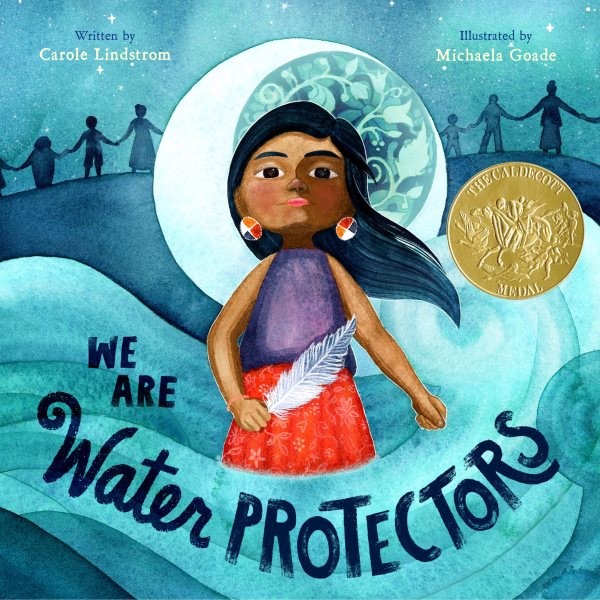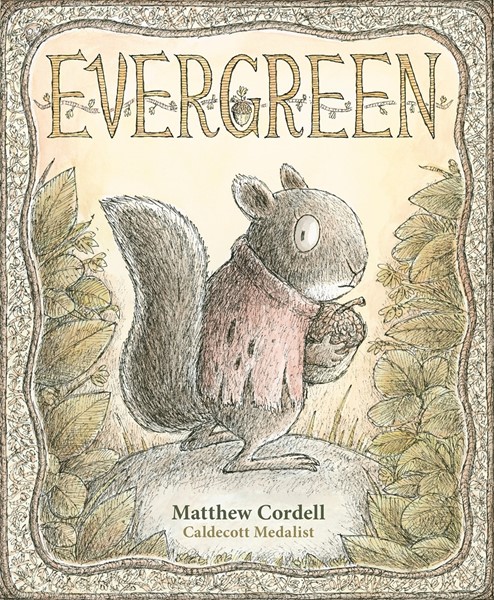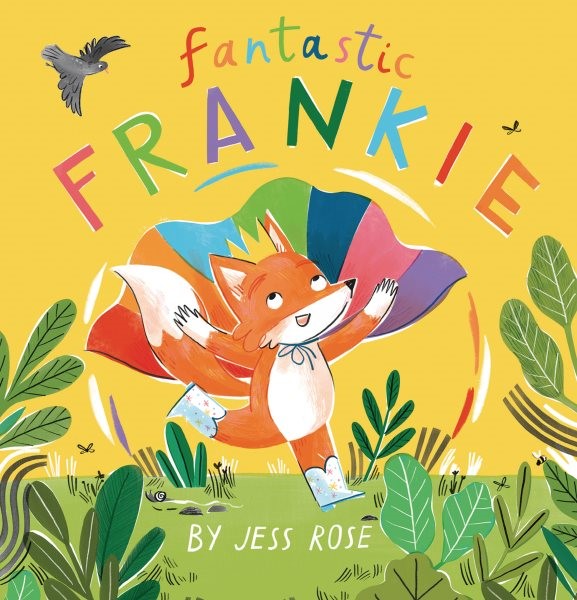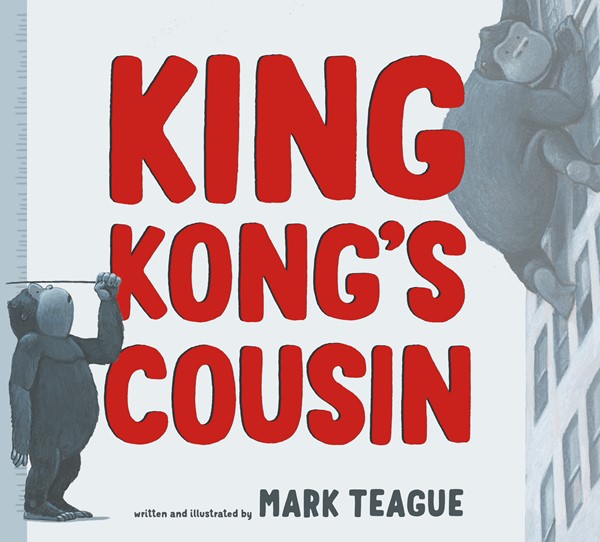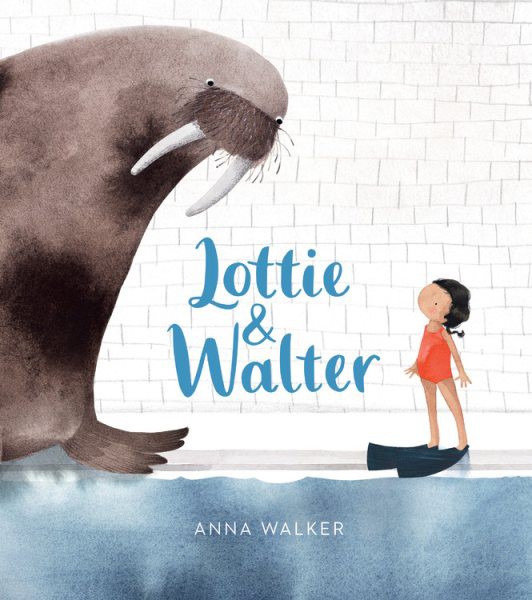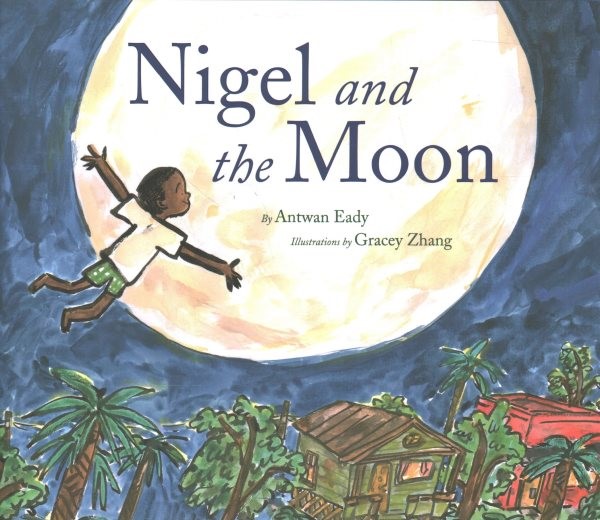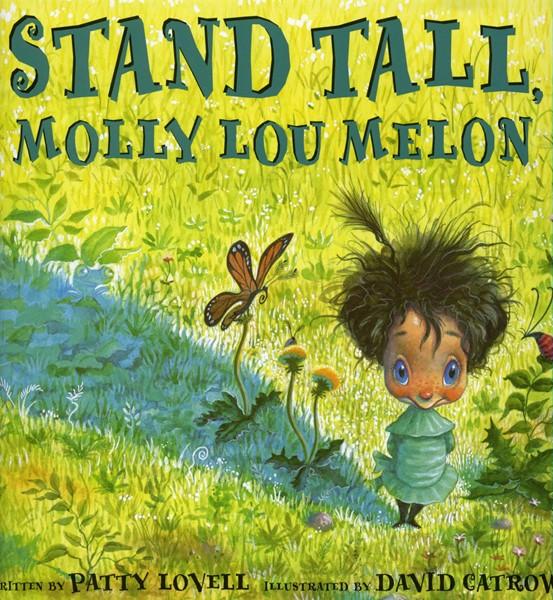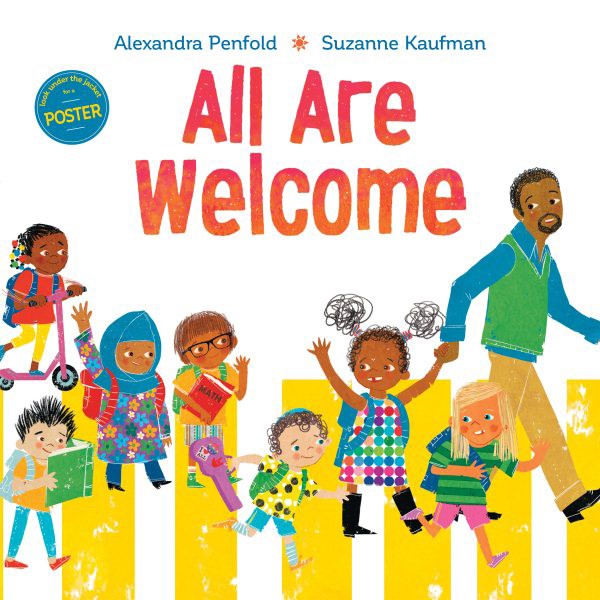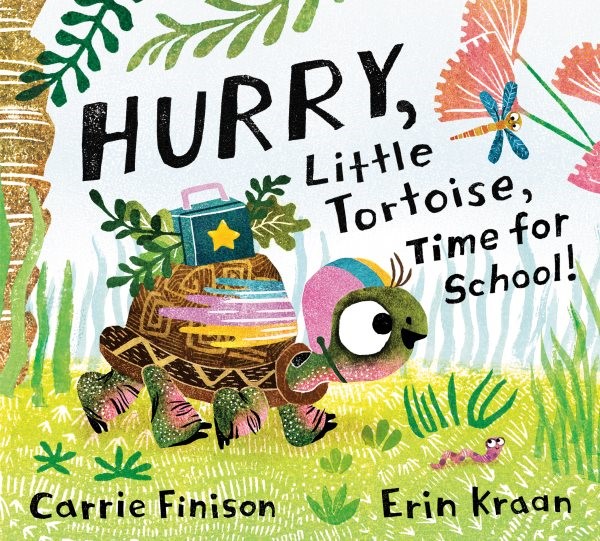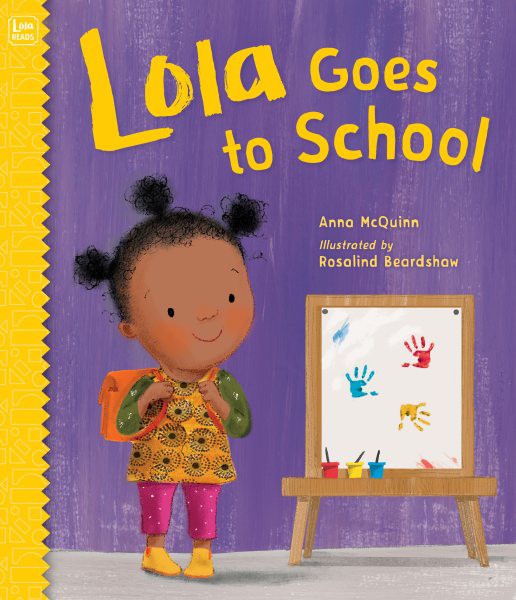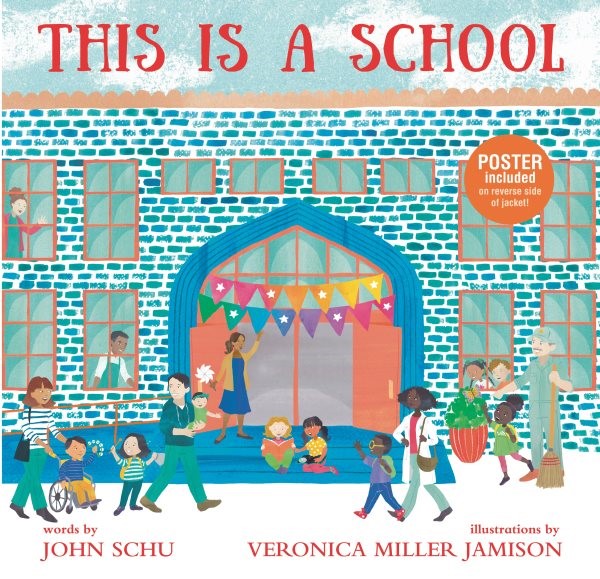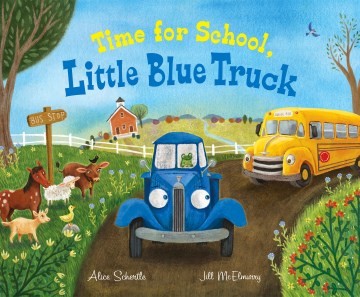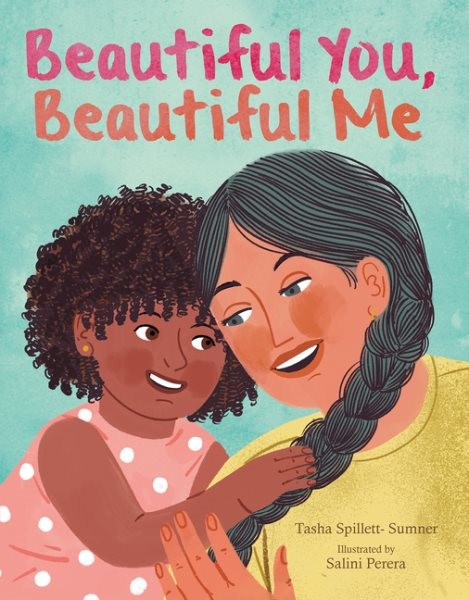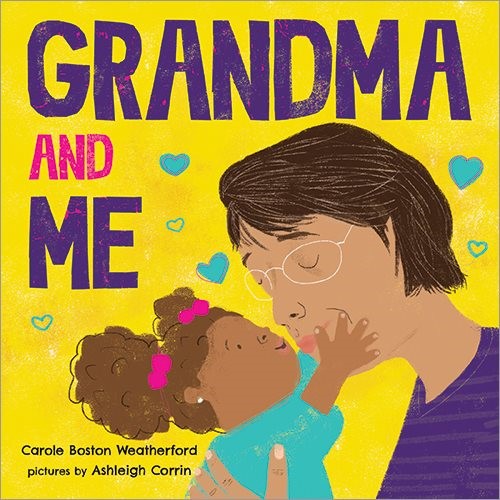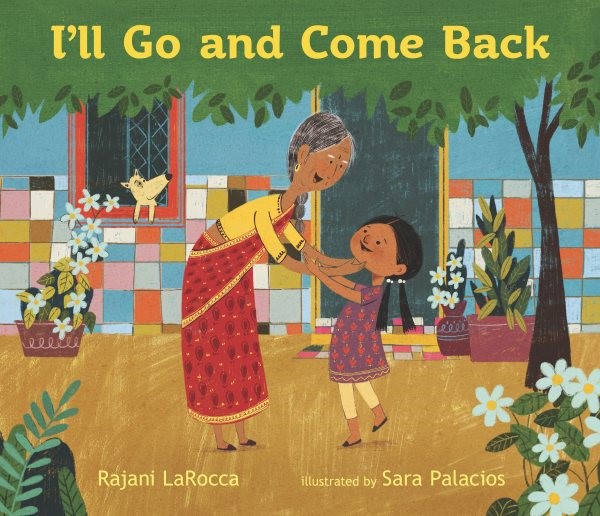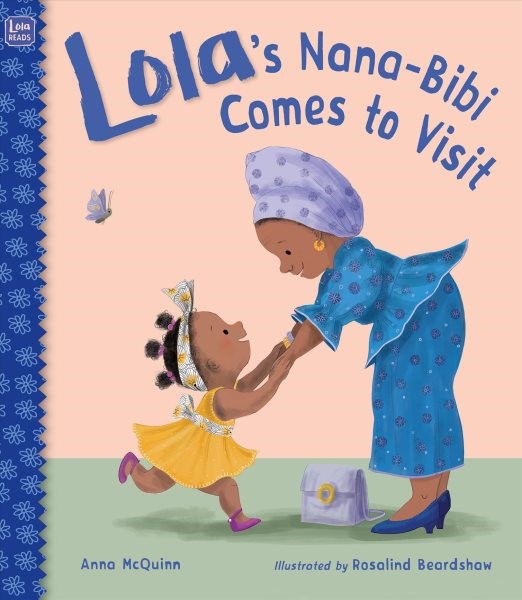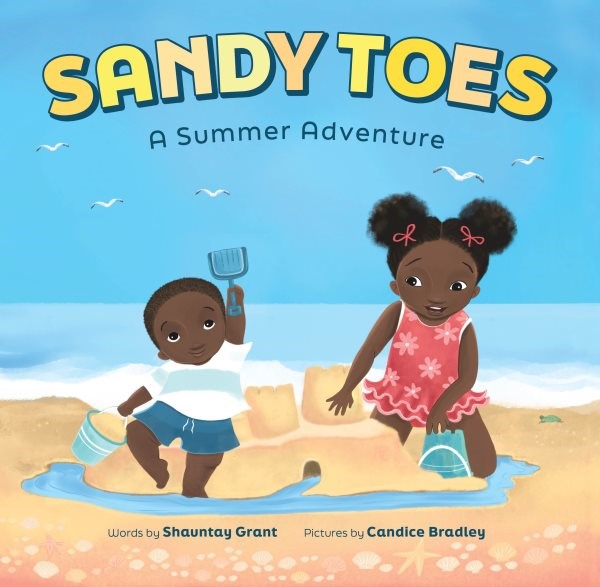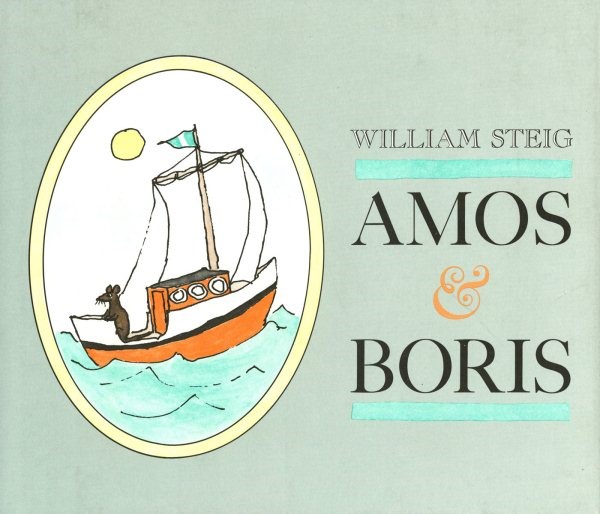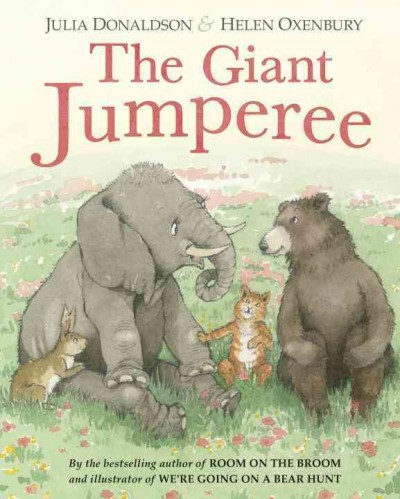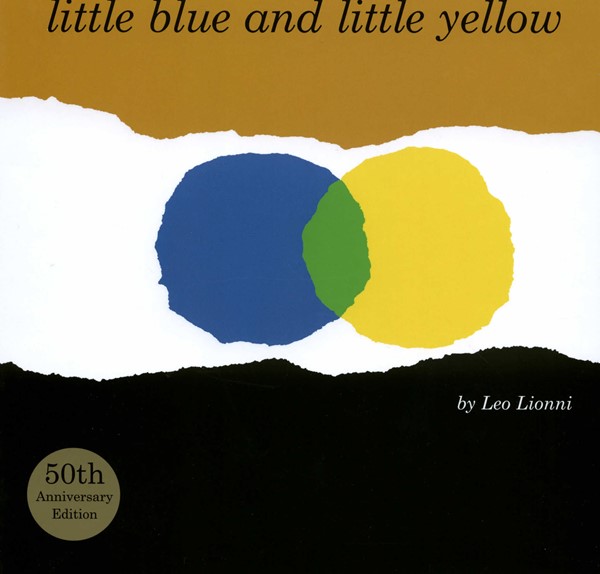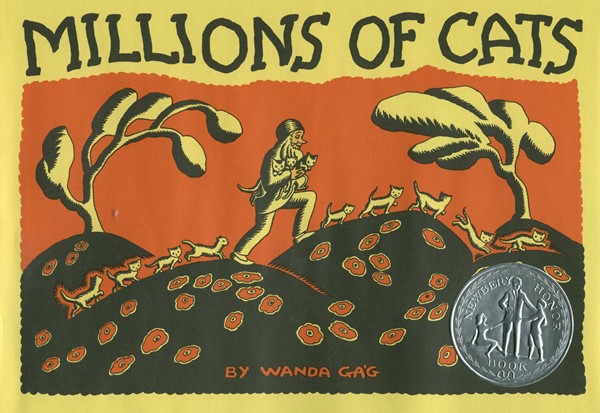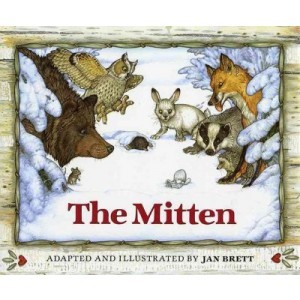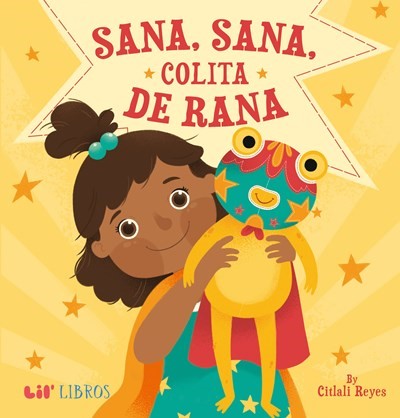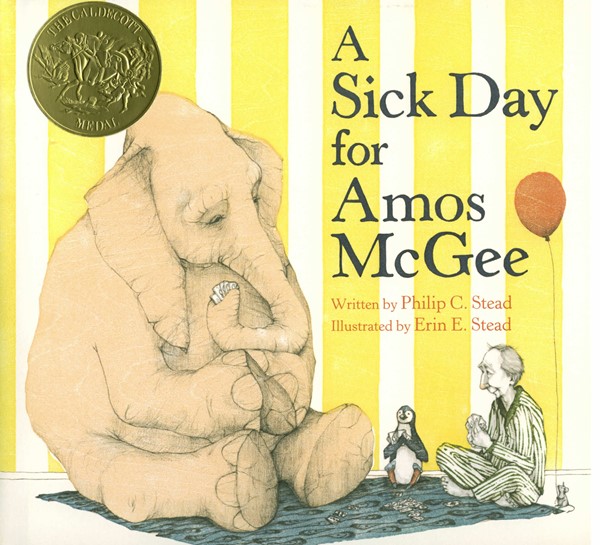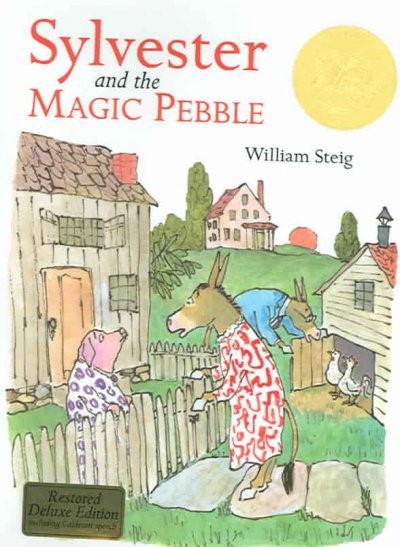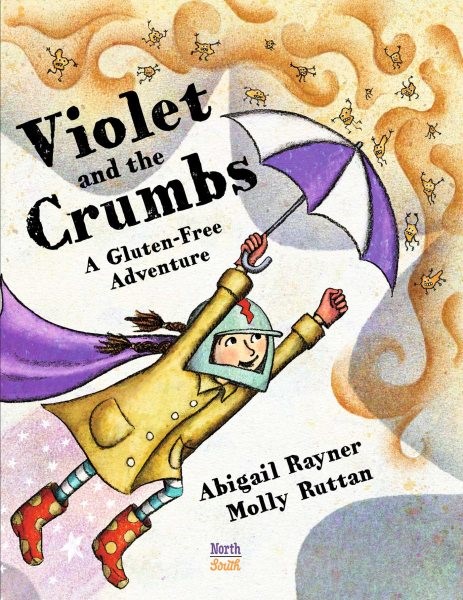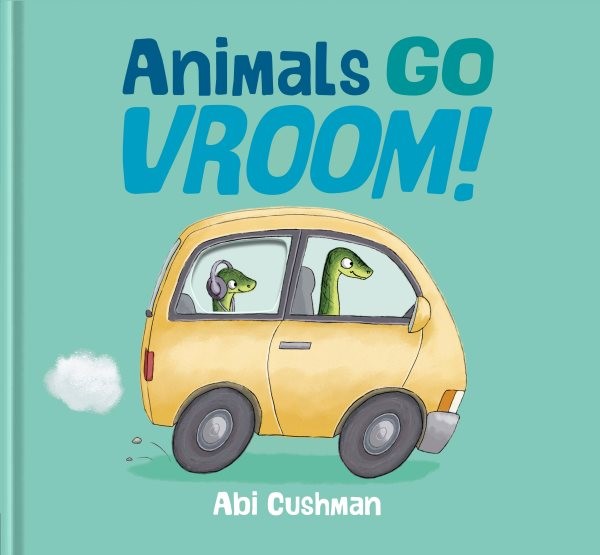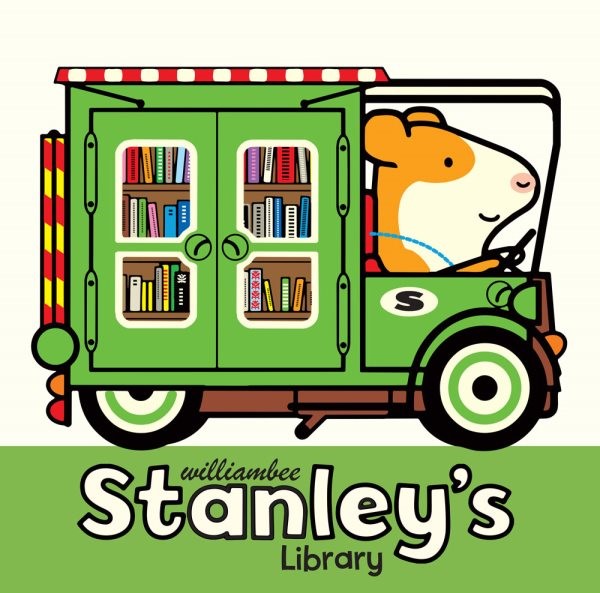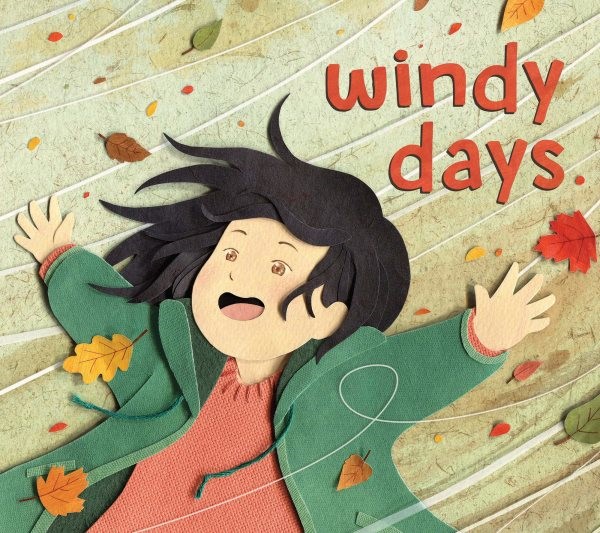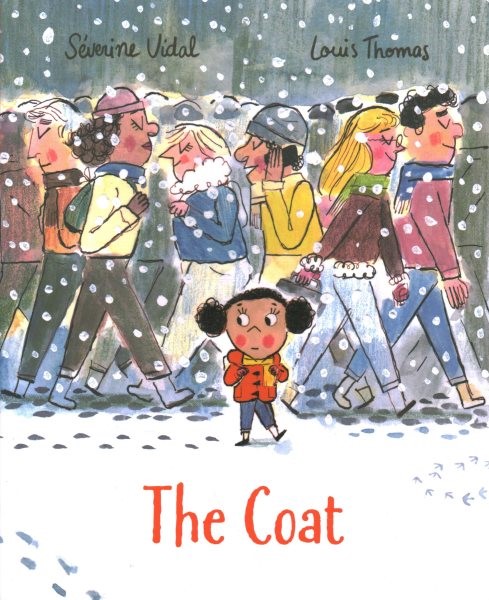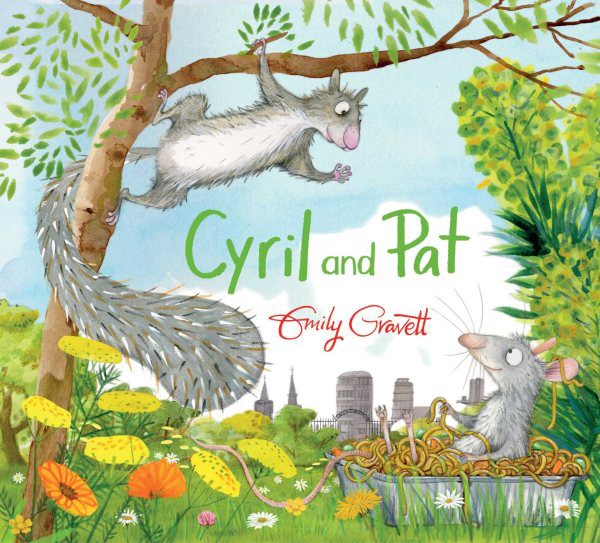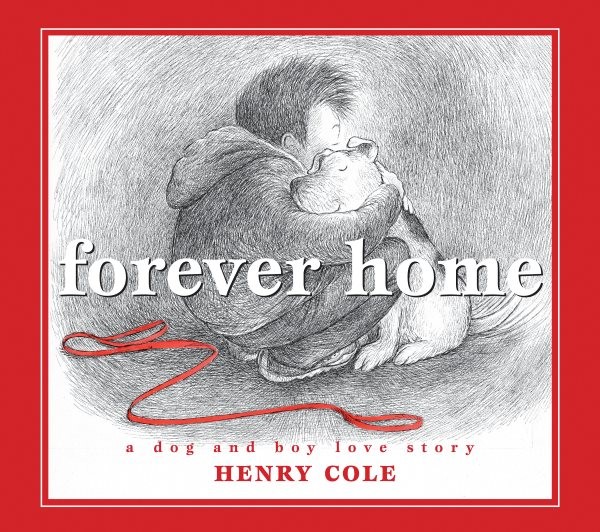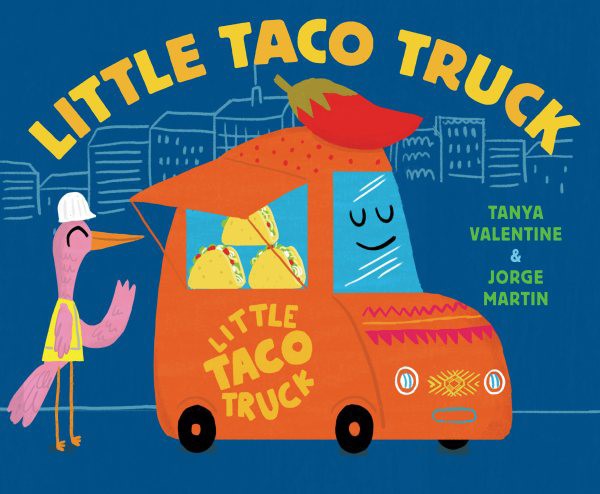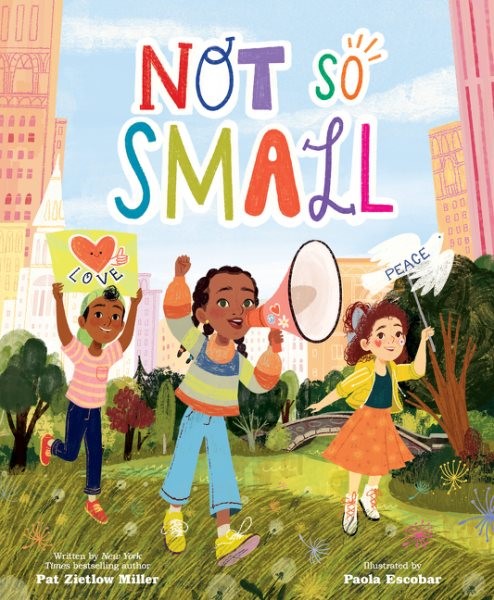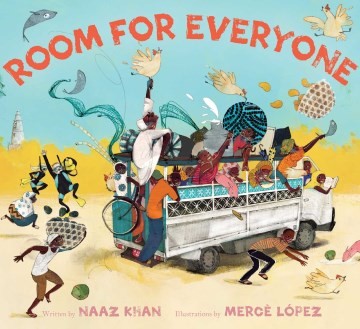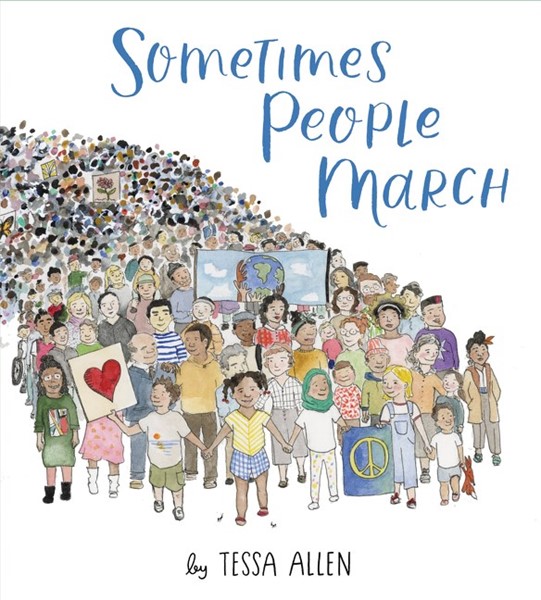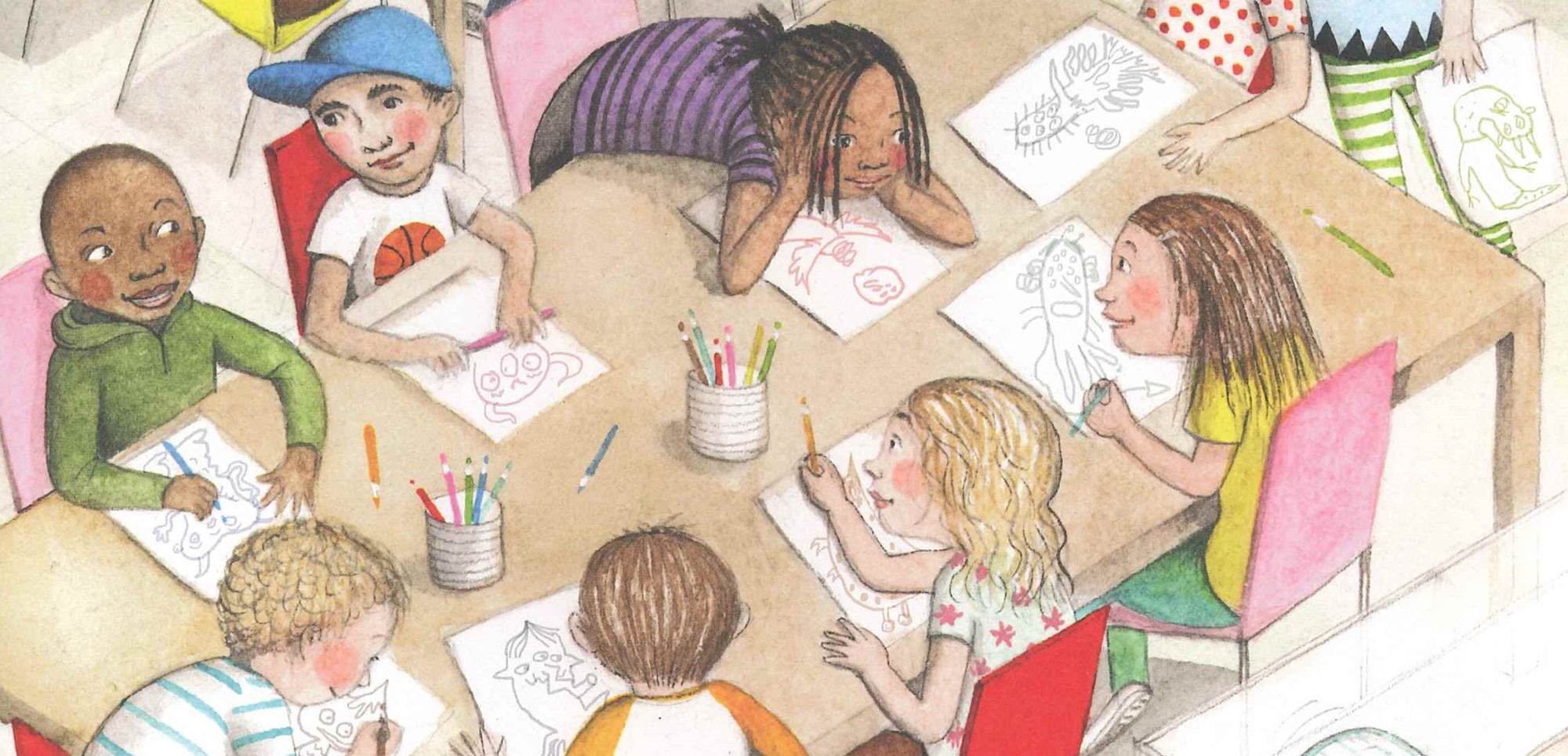
Newsletter Promoted Titles
Families come in all shapes and sizes. Children can be raised by one parent or two… or three… or by a grandparent. Some children have two moms, others have two dads. Moms might provide most of the childcare. Or dads. Or aunts and uncles. There's no one way to be a family. What's universal is that a family is made of the people who love and care for you. And every child deserves to know that their family is just right.
Songs can create a sense of unity among young children - promoting group socialization and giving them an opportunity to share and play with others. When children sing and breathe as one, they are synchronized and feel more connected with their peers.
Brain development research proves what teachers have always known: reading, rhyming, singing, and listening together lays a foundation for learning and for social emotional development. And besides...it's fun to sing as a group!
For almost 100 years, Black History Month and its weeklong precursor have been a time to celebrate the contributions that African Americans have made to American society in the face of adversity, contributions that have often been ignored or misattributed to others. The celebration was founded by Carter G. Woodson, a man born to former slaves who became the second African American to earn a Ph.D. from Harvard.
This year's theme is African Americans and Labor. That labor, according to the Association for the Study of African American Life and History (ASALH) which Woodson founded, has been "free and unfree, skilled, and unskilled, vocational and voluntary." From agricultural labor to organizing, from building cities to earning wages in the service industry, African American contributions have been diverse and broadly impactful in building the country. And many of these contributions are captured in books for young children, such as those included here.
The United Nations estimates that there are almost 500 million Indigenous people living around the globe today across 5,000 different cultures, many here in North America. They have maintained unique characteristics despite living in places where other cultures have become more prominent. And their rights have been and continue to be violated. While distinct Indigenous cultures have often been characterized as homogenous, picture books are now recognizing the unique traditions of different tribes and the modern ways in which Indigenous peoples live today.
What a wonder our bodies and minds are! They help us achieve and enjoy so much each day, from helping with chores to playing with friends to regulating our behavior. It's never too early to love the body you're in!
Learn to care for it with nutritious foods, the pleasure of movement, and the gift of rest.
The books in this package are about different kinds of food. In addition to being good for our bodies, food helps us connect with others, pass along cultural traditions, share the activity of cooking, and have a chance to sit and talk with people we care about.
These books highlight the bedrock of the human experience: our reliance on and need for community. Community means finding ways to pitch in, being supported in times of need, and sharing trials and joys rather than experiencing them alone. These books all illustrate that by turning our focus outwards and connecting with those around us, we can better handle our feelings, accomplish challenging tasks, and enjoy the pleasure of gratitude for all that the community provides.
Books on tender topics may not be in regular rotation for story hour, but when a student is facing a specific challenge (death or divorce in the family, disability, mood disorder, neurodivergence, incarcerated parent, etc.), it's important to have resources on hand. Picture books are an effective way to begin conversations. They equip teachers with thoughtful language and framing, and they let children know that their experiences are real and affirmed in the community.
When it's June, it's Pride Month! This is a time of celebration for the LGBTQIA+ community and a time to push for continued acceptance and equal rights. As awareness grows, new challenges such as book bans emerge. One thing remains true for young children: Diverse books matter, and LGBTQIA+ books matter. They teach children to understand and respect the LGBTQIA+ people in their communities. And readers who are LGBTQIA+, or whose family members are LGBTQIA+, deserve to see themselves in their own children's books.
Women's History Month was created in the 1980s to celebrate the often overlooked contributions of women to American society. These contributions have often been made while fighting the headwinds of discrimination designed to limit women's efforts. As they fought for their right to succeed in the same arenas as men, women not only found success for themselves, but their contributions helped the nation. The same stories can be found around the globe.
We can't control what the world lays at our doorstep, but we do get to decide how we treat those around us. Treating others with kindness can be transformative for us and them. Kindness is more than being nice. It's more than being polite and saying the easiest thing. It's about listening with a sympathetic ear, considering the other person, and finding ways to help. Sometimes it's easy, sometimes it's really hard, and sometimes we just need a little practice and some good examples.
Who are the Twos you might ask?
Embracing the joy of life, the Twos are little sponges, ready to absorb new experiences with a charming innocence and sense of awe.
These 12 board books provide opportunities for building communication skills, learning new words, naming feelings, learning to share, and more.
Inclusion is the third piece in the DEI (Diversity, Equity and Inclusion) triad. Diverse representation and equitable opportunities for all are essential starting points, but inclusion completes the picture. Inclusion means not just being invited to participate, not just being given opportunities, but having a sense of belonging in the group and feeling safe in one's identity, whether that's in relation to race, gender, socioeconomic status, or ability. The books below focus on the inclusion of differently-abled children.
The Indigenous Peoples of the Americas are distinct groups with ancestral ties to the lands that came to be inhabited by European settlers. Their early interactions with Europeans have often been romanticized, and their distinct cultures are frequently mischaracterized as homogenous. Today, their history is better understood. And picture books are recognizing the unique traditions of different tribes and the modern ways in which Indigenous Peoples live today.
Children have a big task in learning to navigate the social world around them—including being a friend, following classroom customs and community systems, and working together within their families. Self-confidence is crucial in helping children approach these complex interactions with greater equanimity. And having self-awareness helps them do it with greater skill and finesse. In the books below, the characters grapple with feelings of insecurity about their place in the world, but they learn to trust themselves and to reveal their authentic selves to those around them, strengthening their families and communities in the process.
The arrival of a new school year comes with so much anticipation! There's excitement, but there's also plenty to be anxious about. Whether starting in a new school or preparing to be in a new classroom, students wonder what school will be like and whether they'll be comfortable there. Conversations about what their day will look like—and books that give them an idea of what's ahead—can answer their questions and be immensely reassuring.
Children take pride and comfort in their families, and they derive confidence from those who love them at home. One size doesn't fit all. Some families are separated by oceans, others live in the same town. Some are huge, others are tiny. Some have one parent, or two parents, or a grandparent who is like a parent. It's important that children's books reflect a variety of family structures so that children see themselves reflected in their books and appreciate that not all families are alike.
Early childhood teachers can attest that board books really are the best thing since sliced bread. They are the gateway to literacy and art for young children. Their sturdy pages mean that toddling paper-tearers everywhere can have the freedom to hug and hold and feel and tug on and turn pages of their favorite books, without causing expensive damage or requiring constant close supervision. But like every transitionary tool, there comes a time for the next step. Children become eager for the bigger, bolder illustrations and longer stories in hardcovers. These seven books feature thicker pages to stand up to those learning to turn pages in hardcover books.
Change can be hard for young children, who derive a sense of security from consistency and routine. And yet, it's unavoidable. Adapting to change is one of the most essential skills we learn. Social-emotional book titles which discuss navigating change are important in any classroom, whether it's about changing one's daily routine or saying goodbye to ailing relative. These books display a variety of strategies for handling the big life changes that everyone experiences. Young readers will feel comfort in the characters' stories and in knowing that they're not alone.










